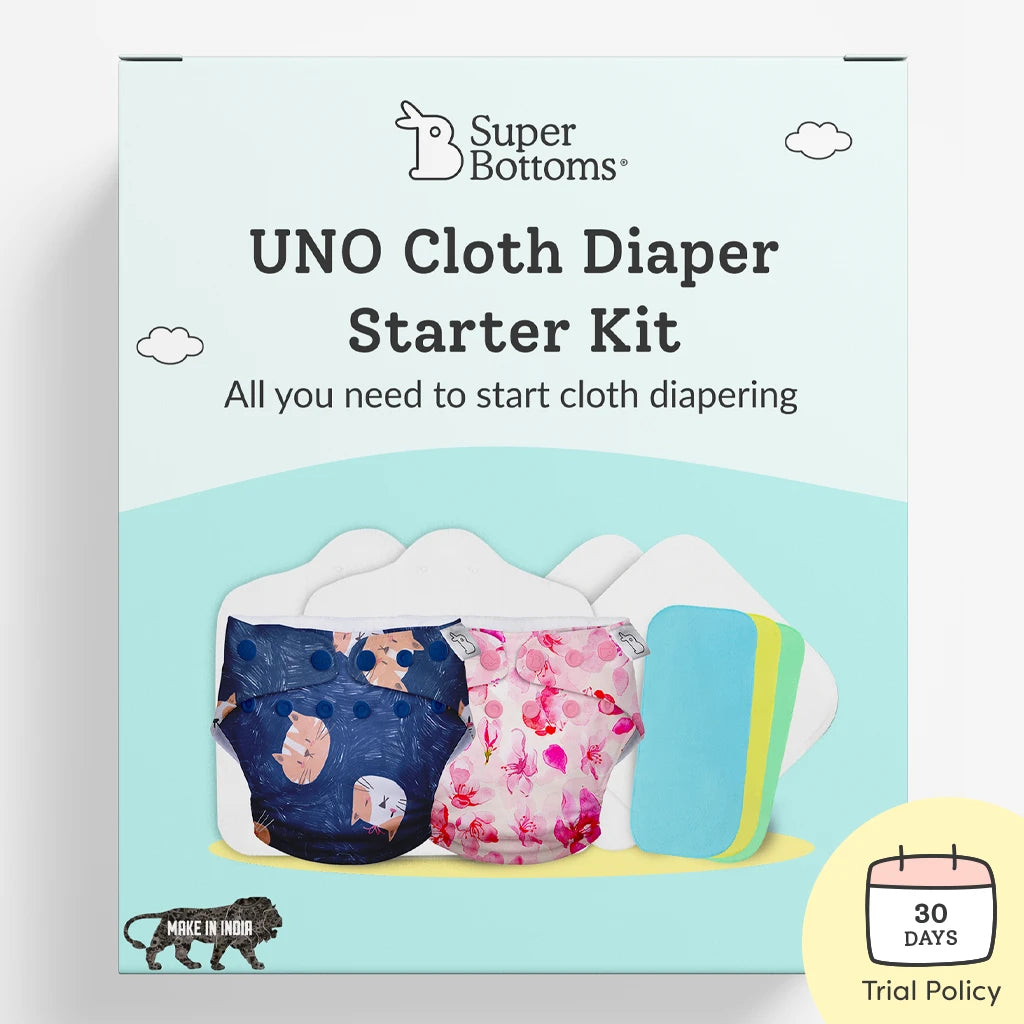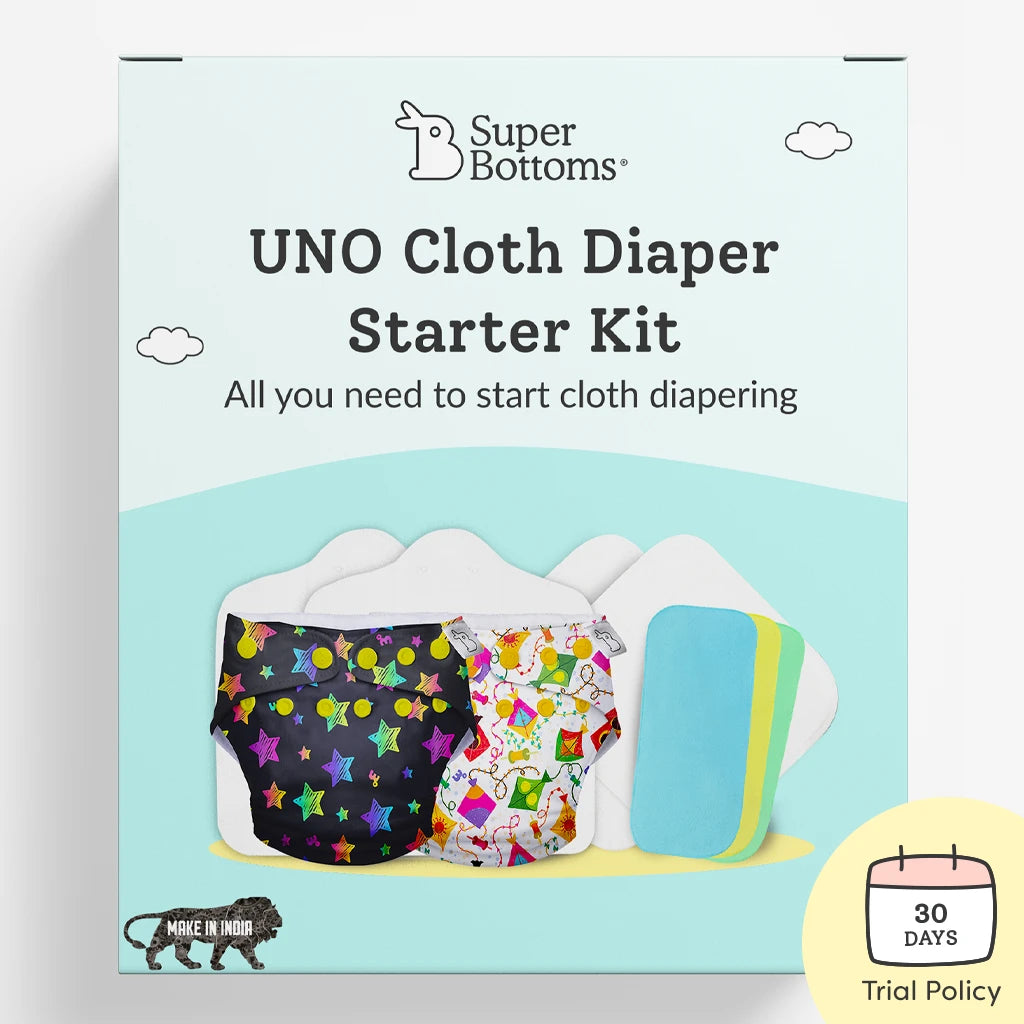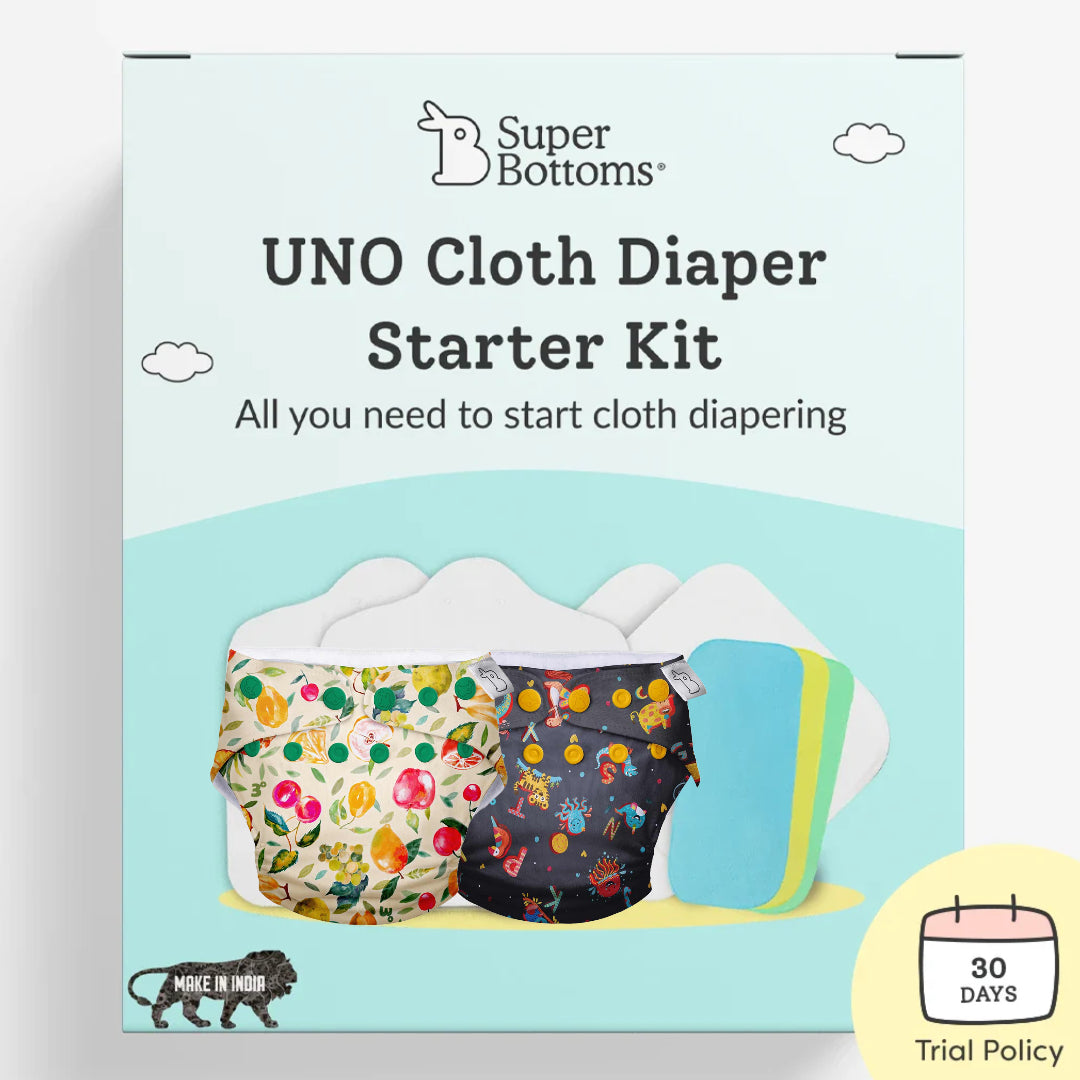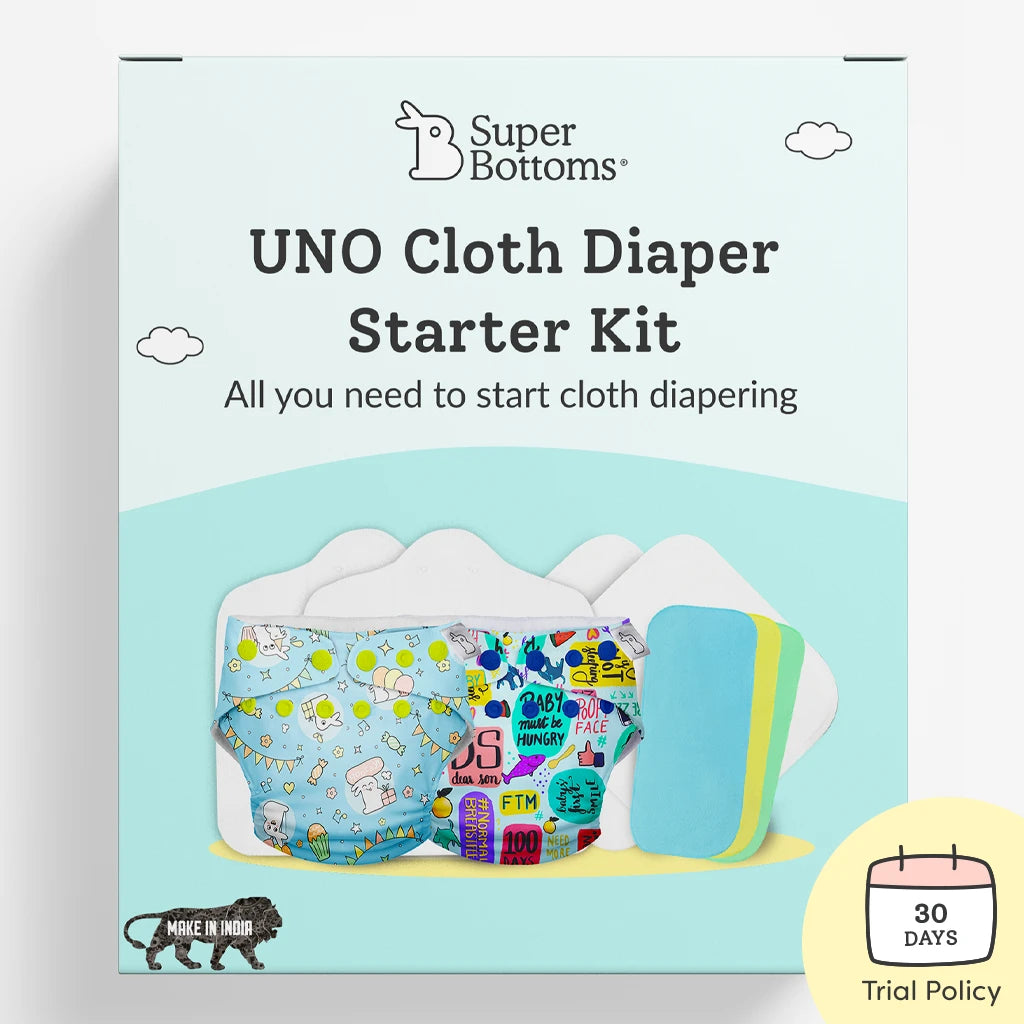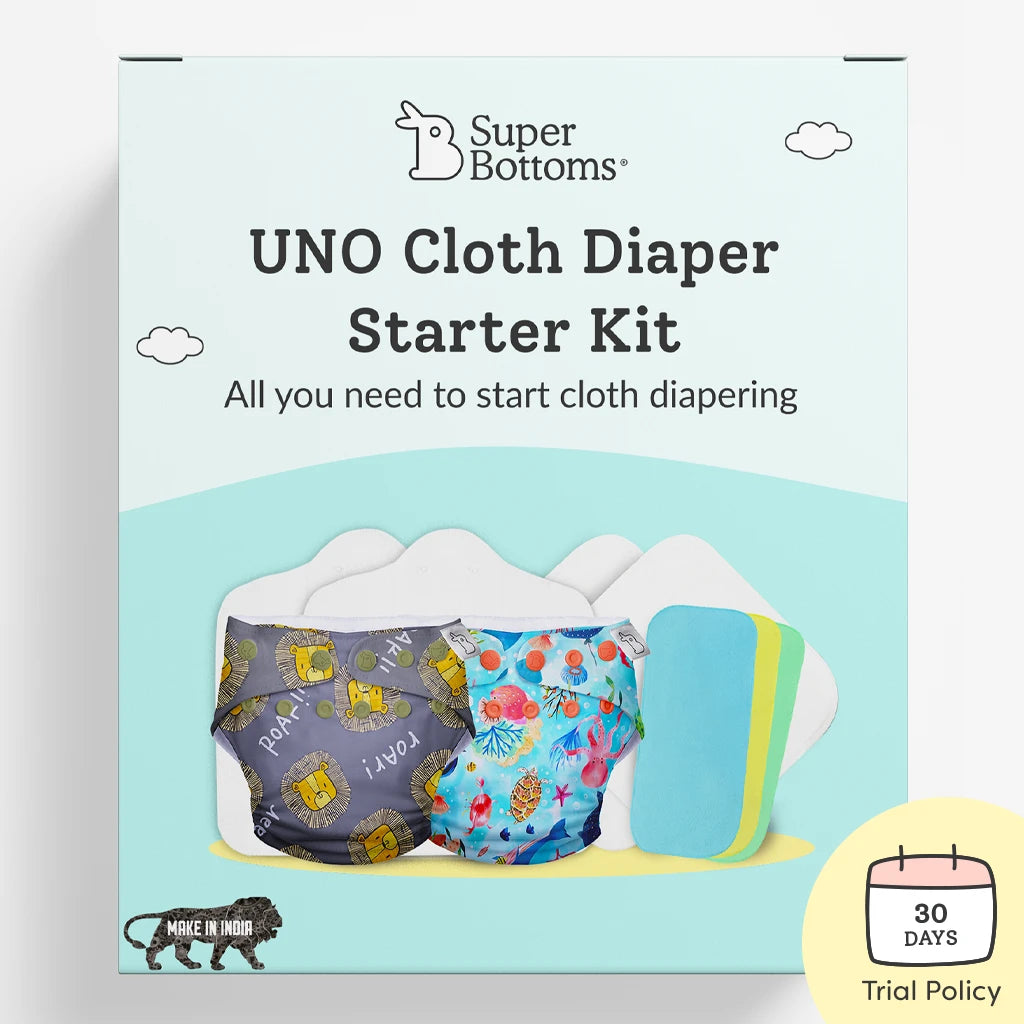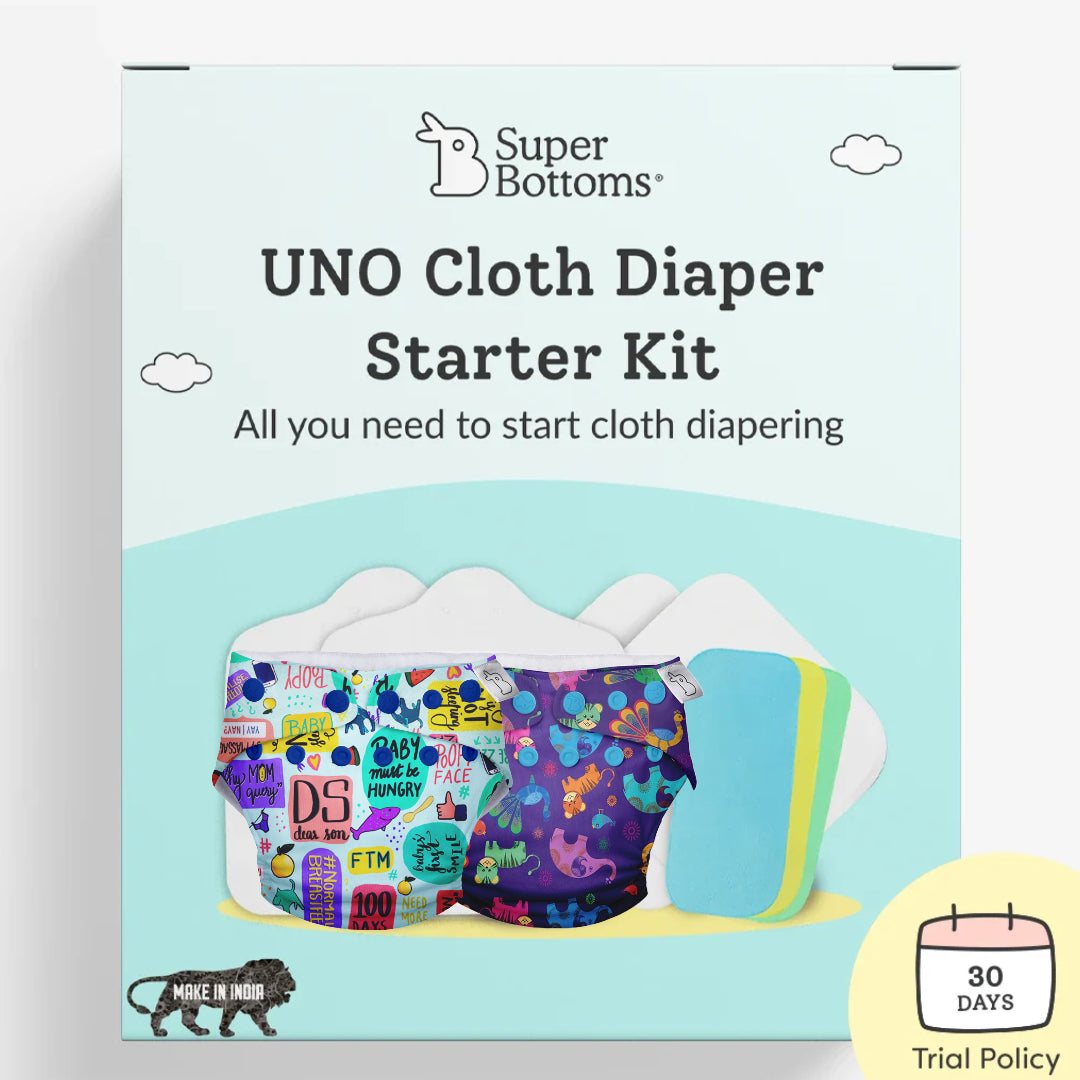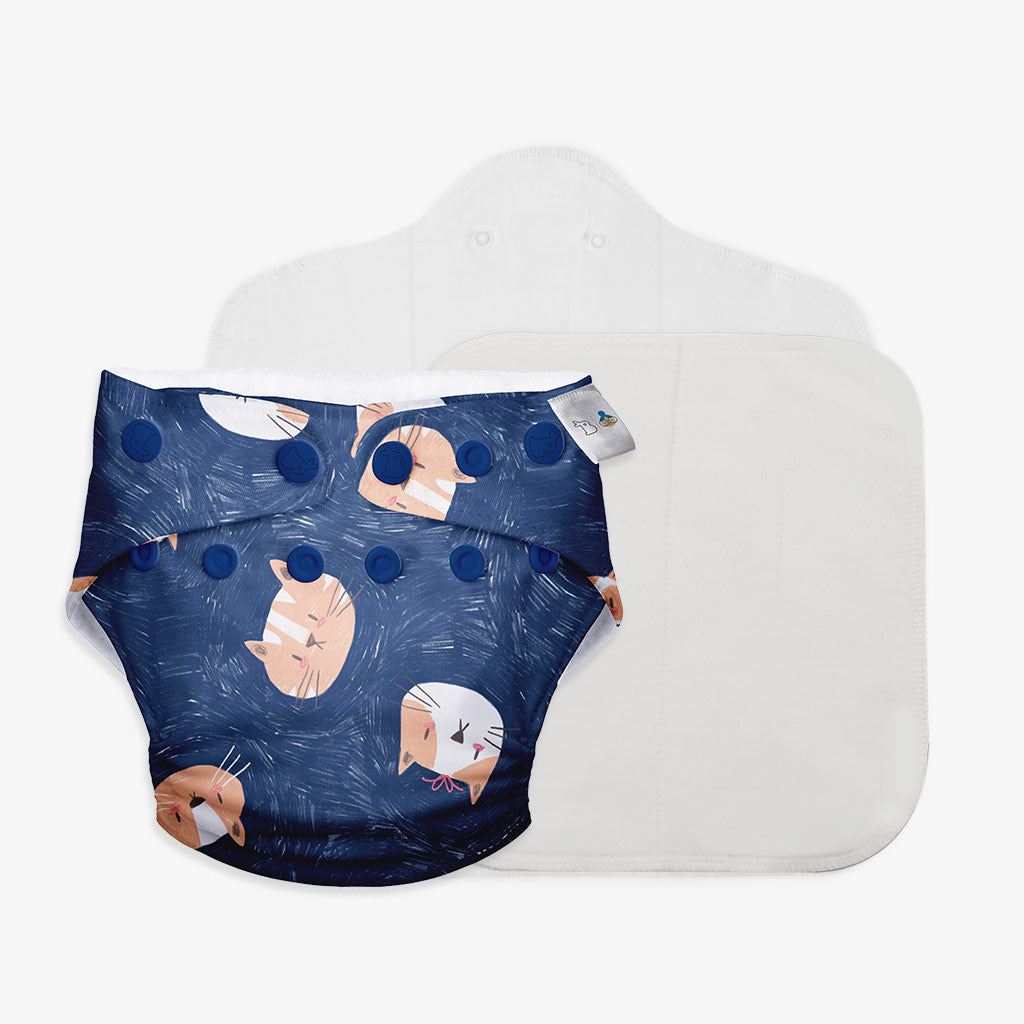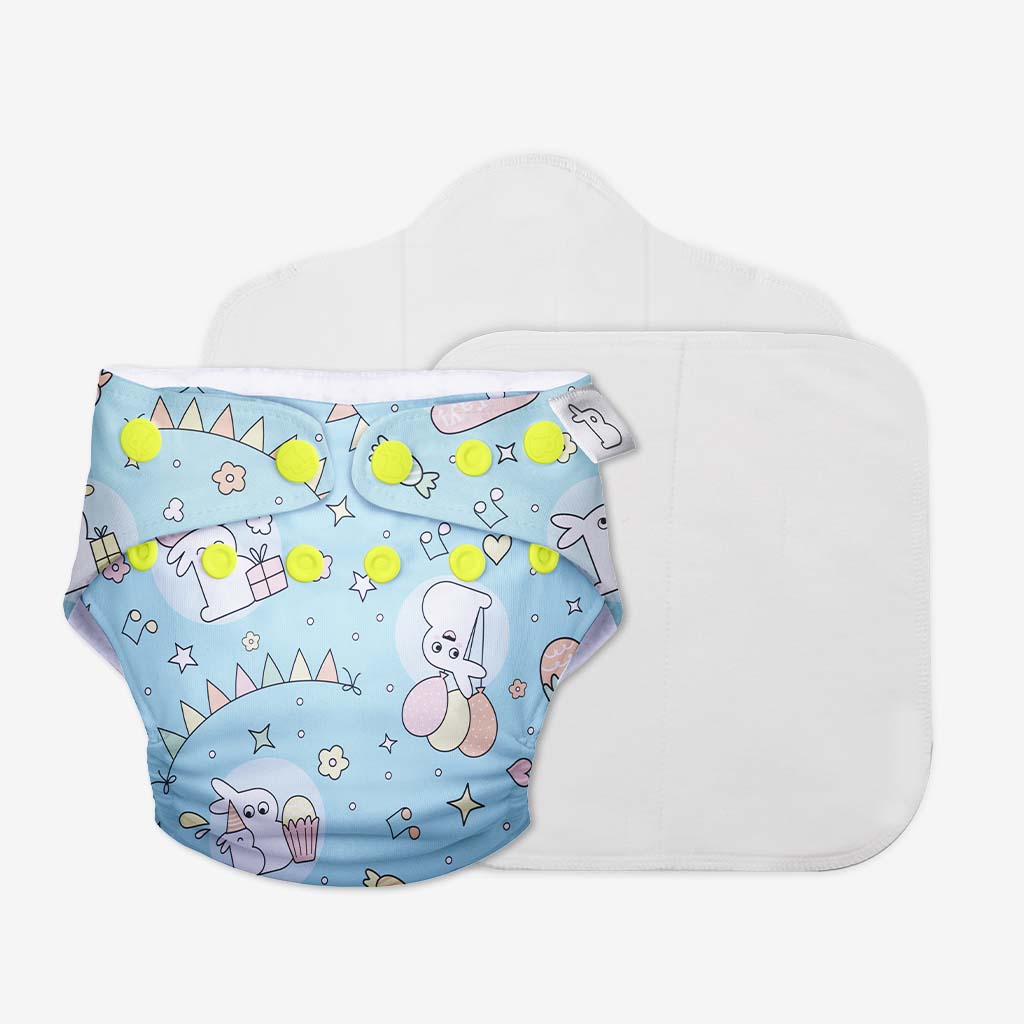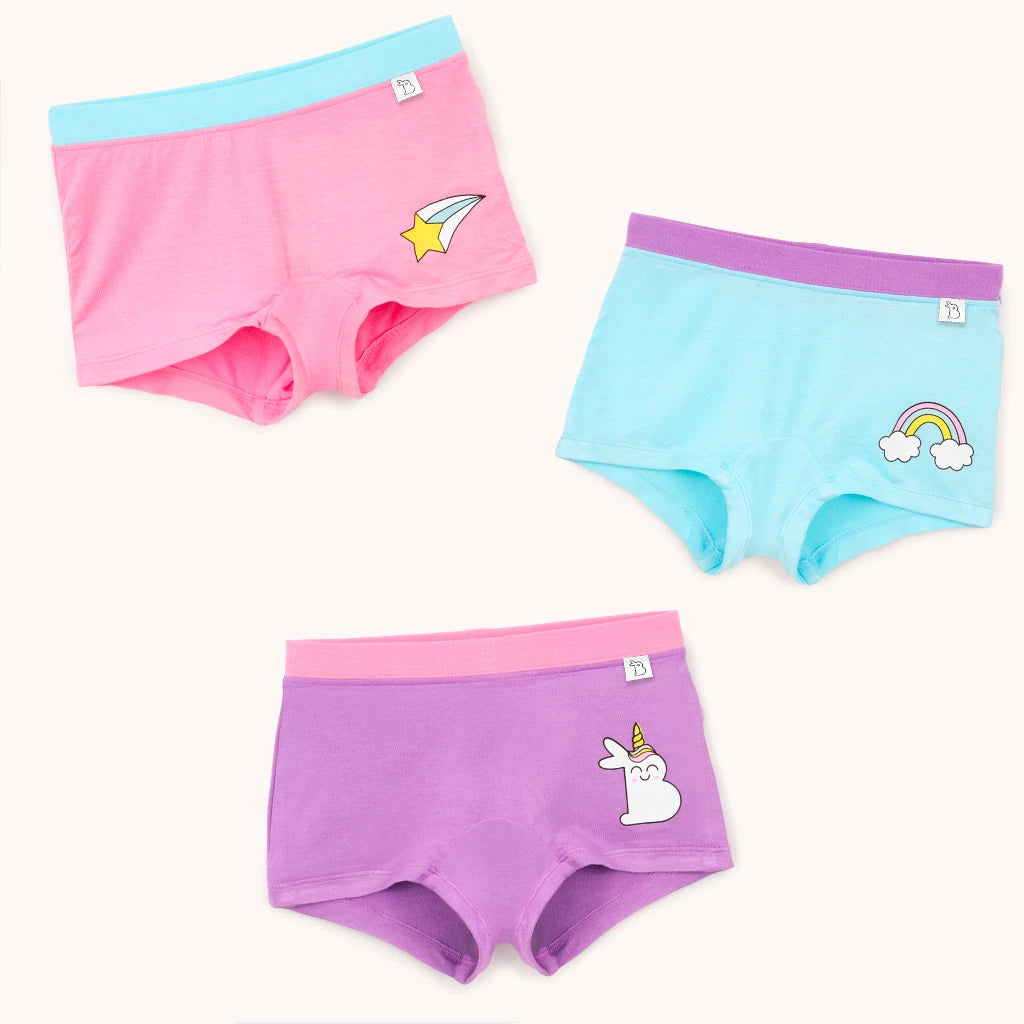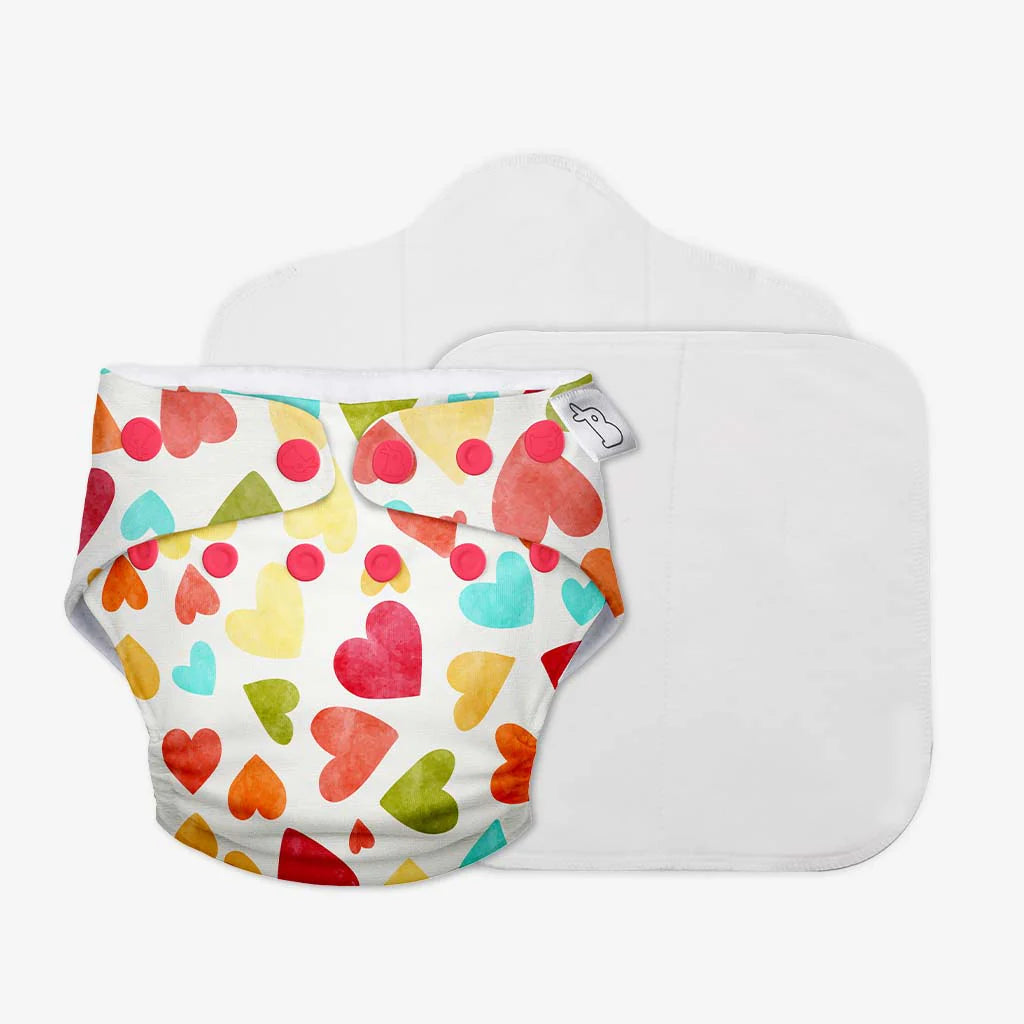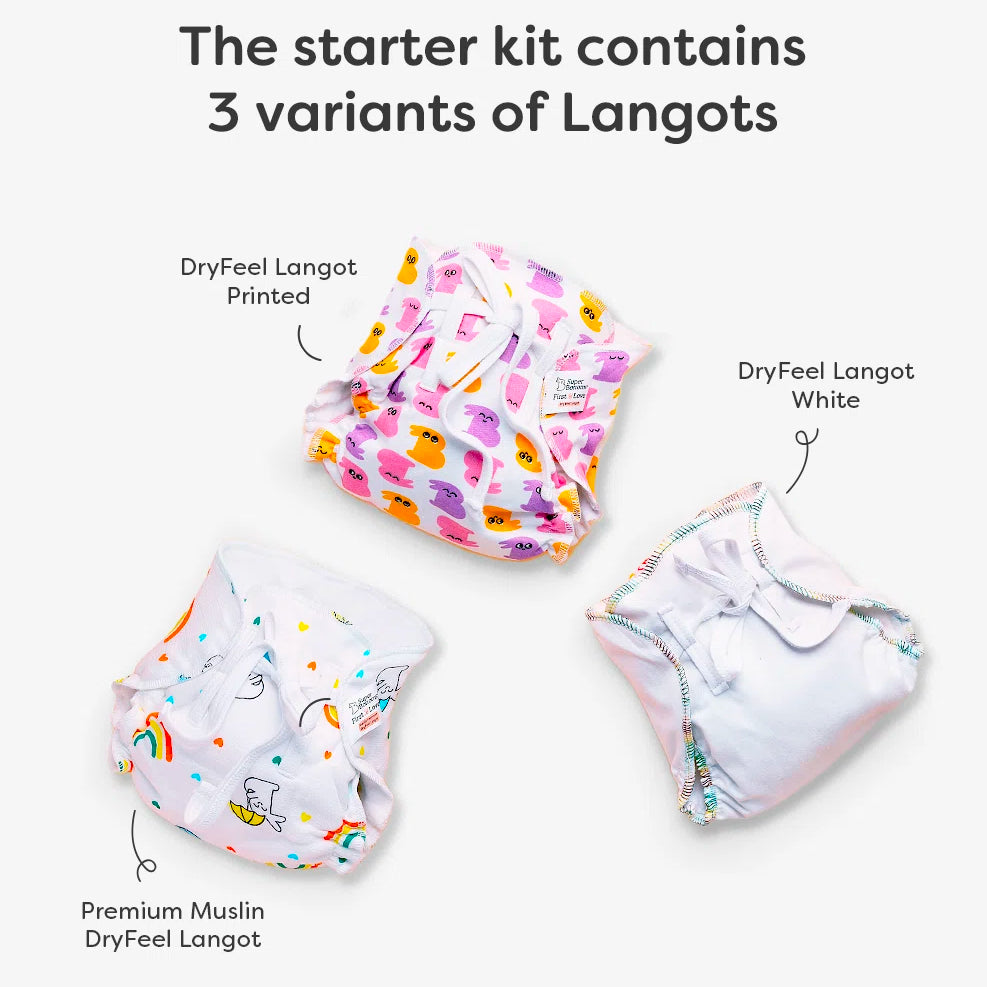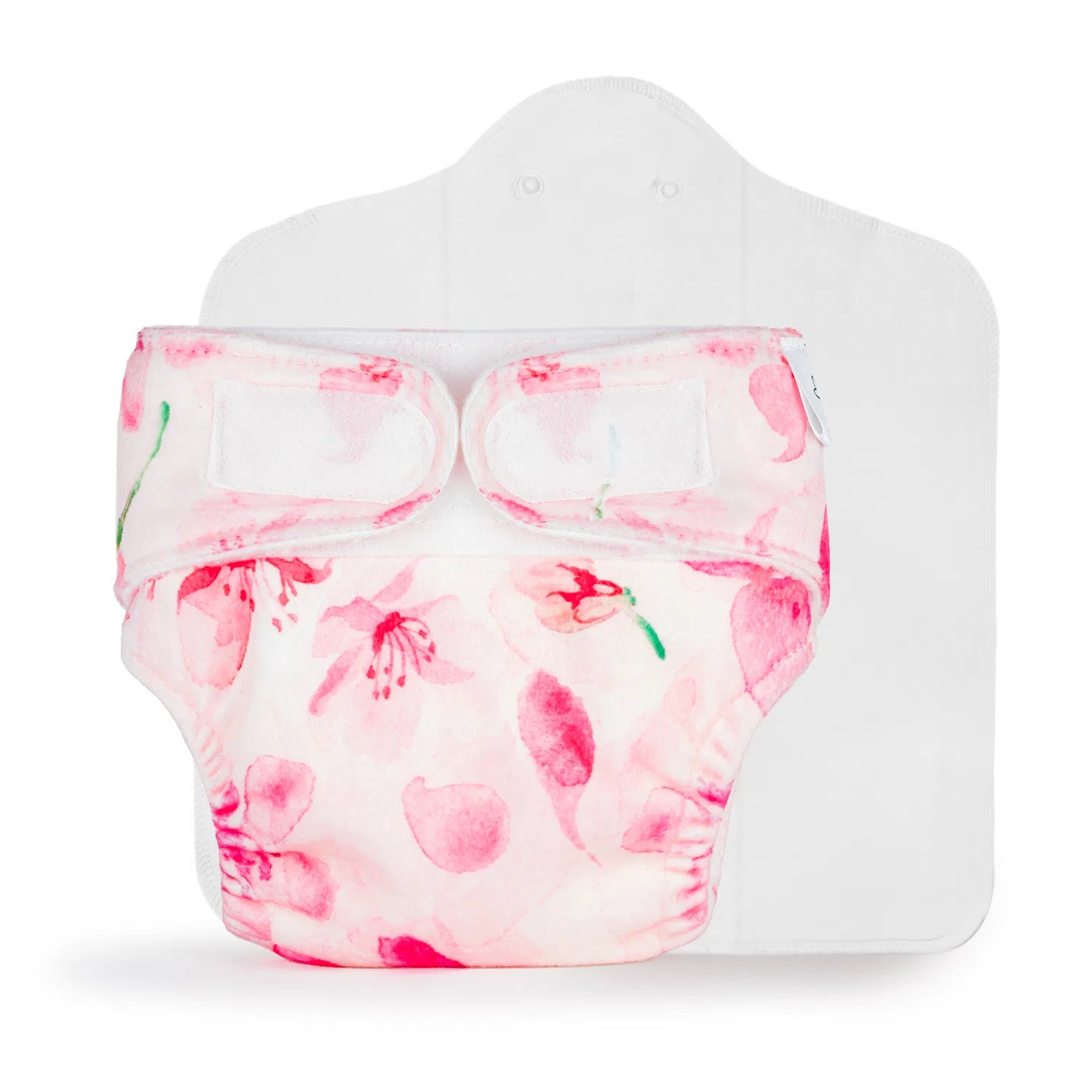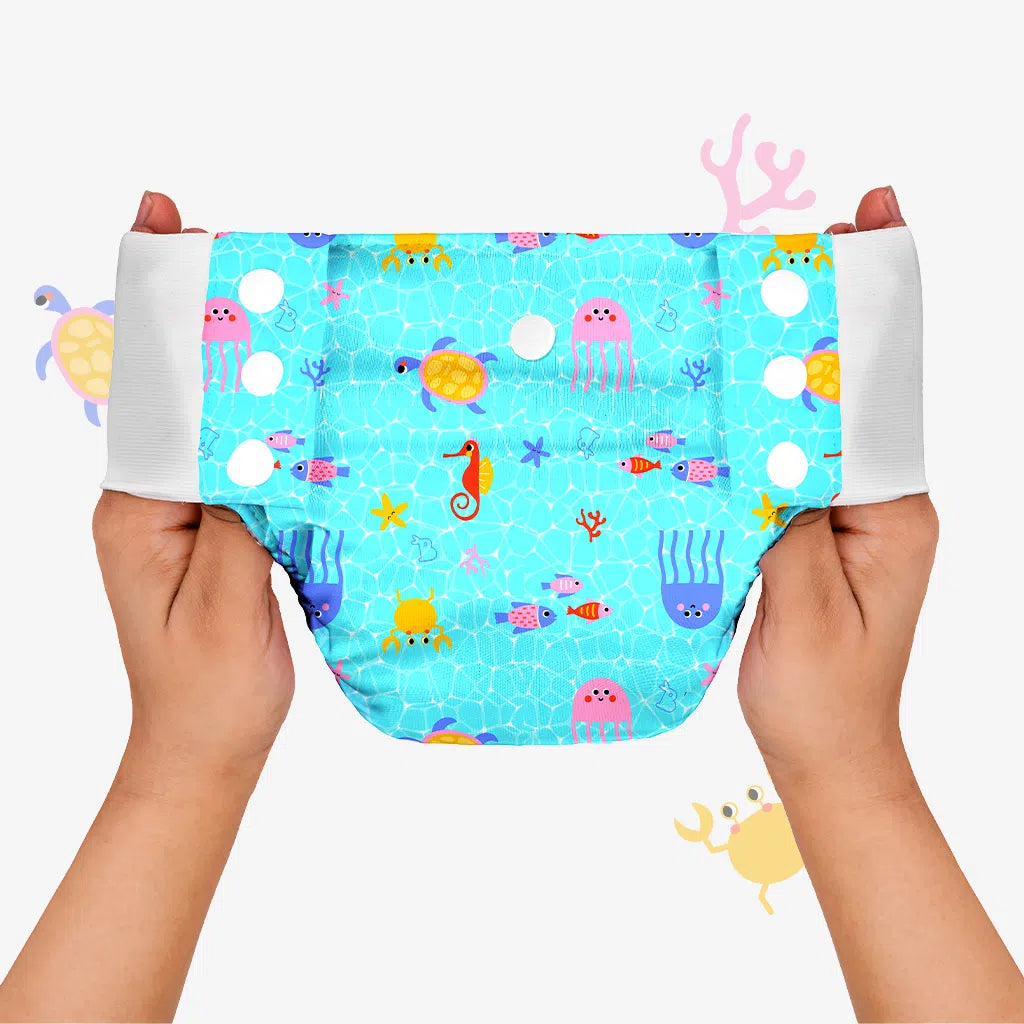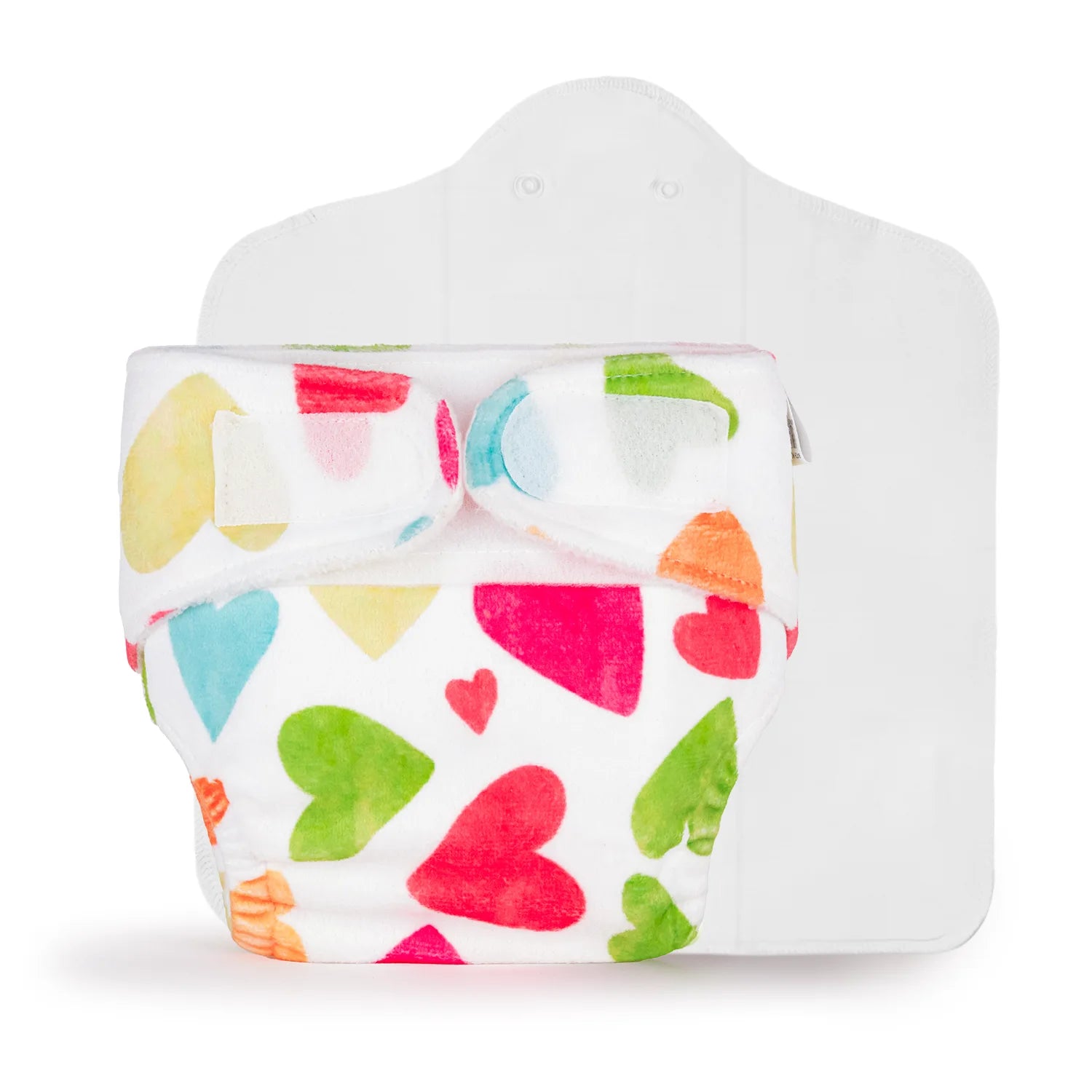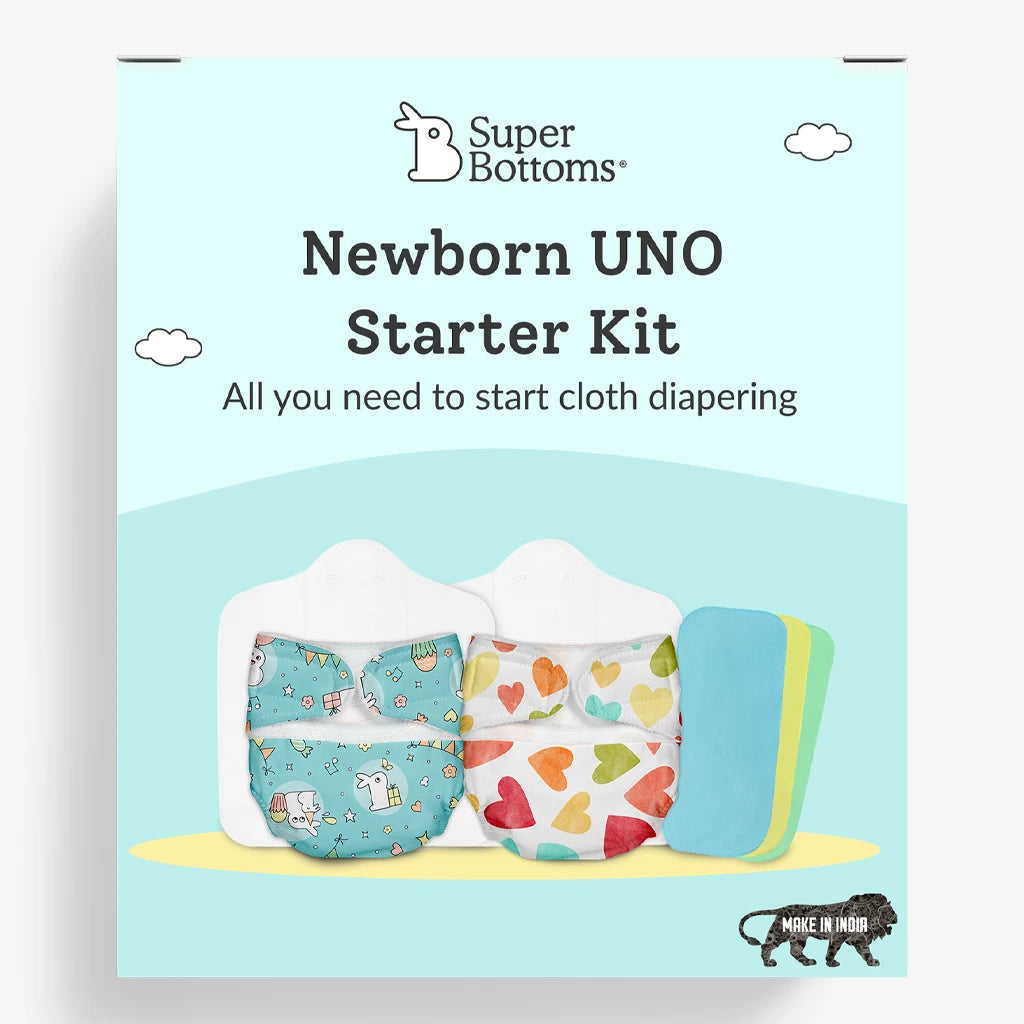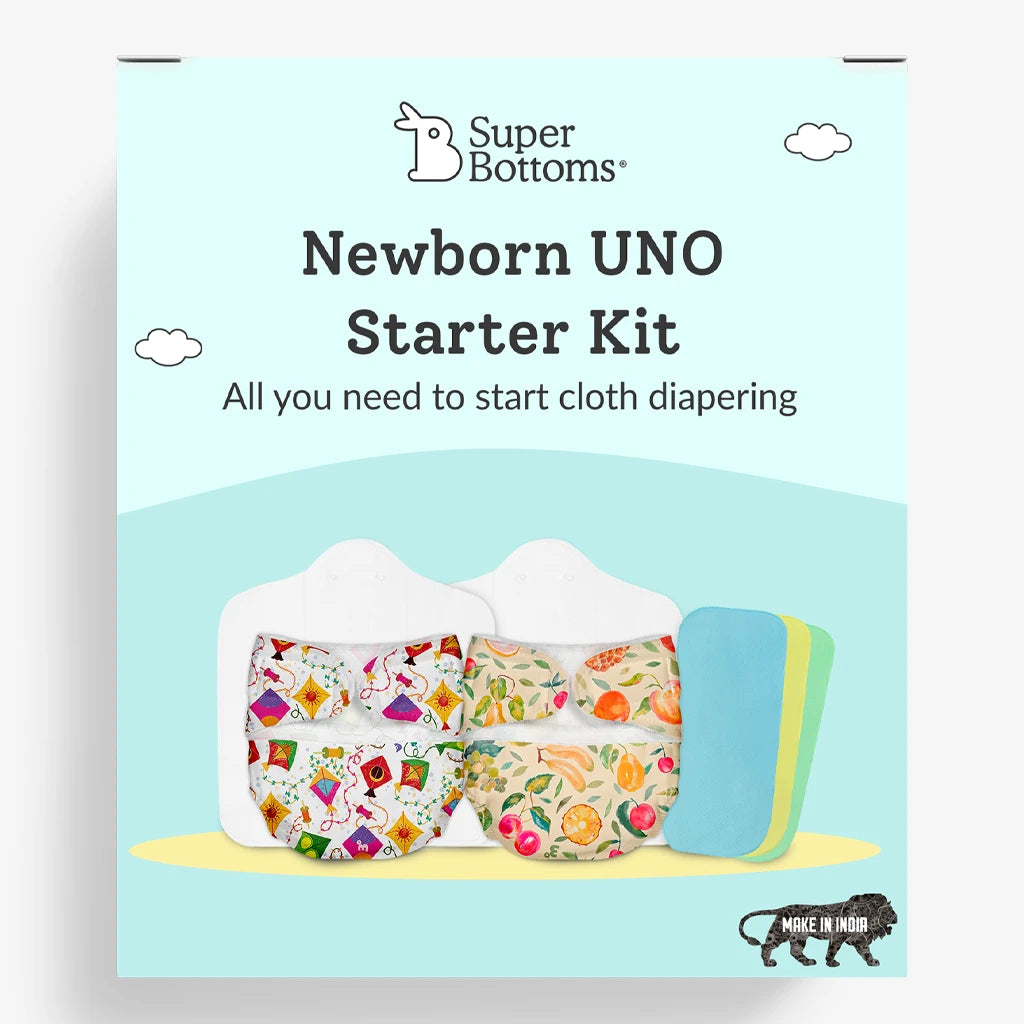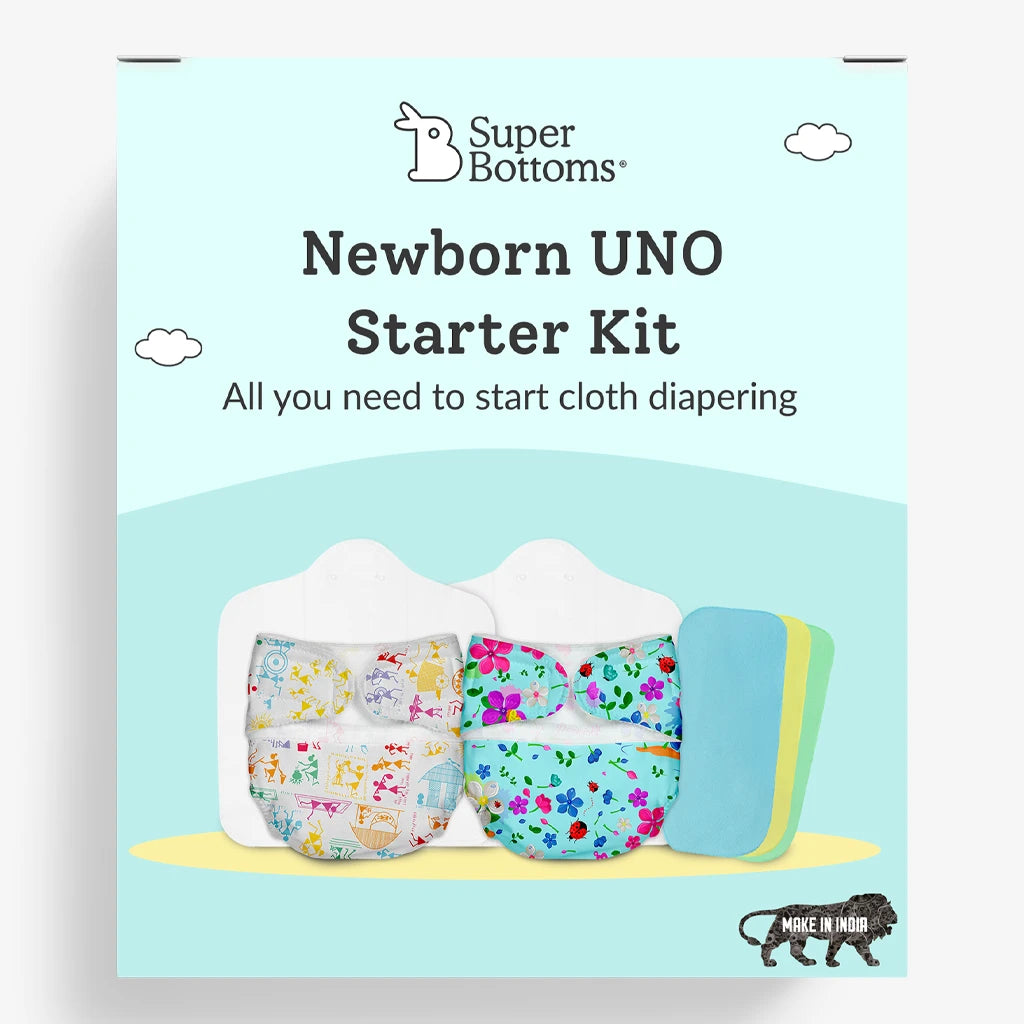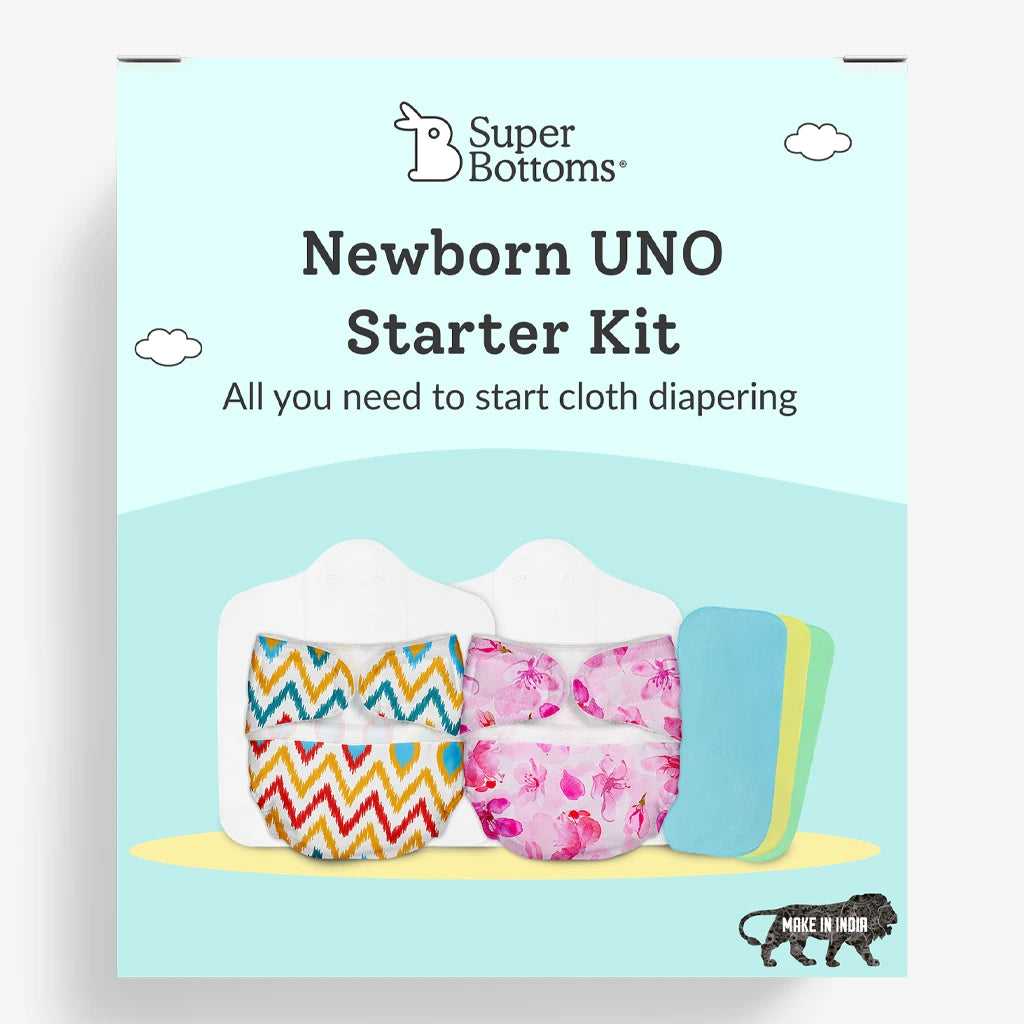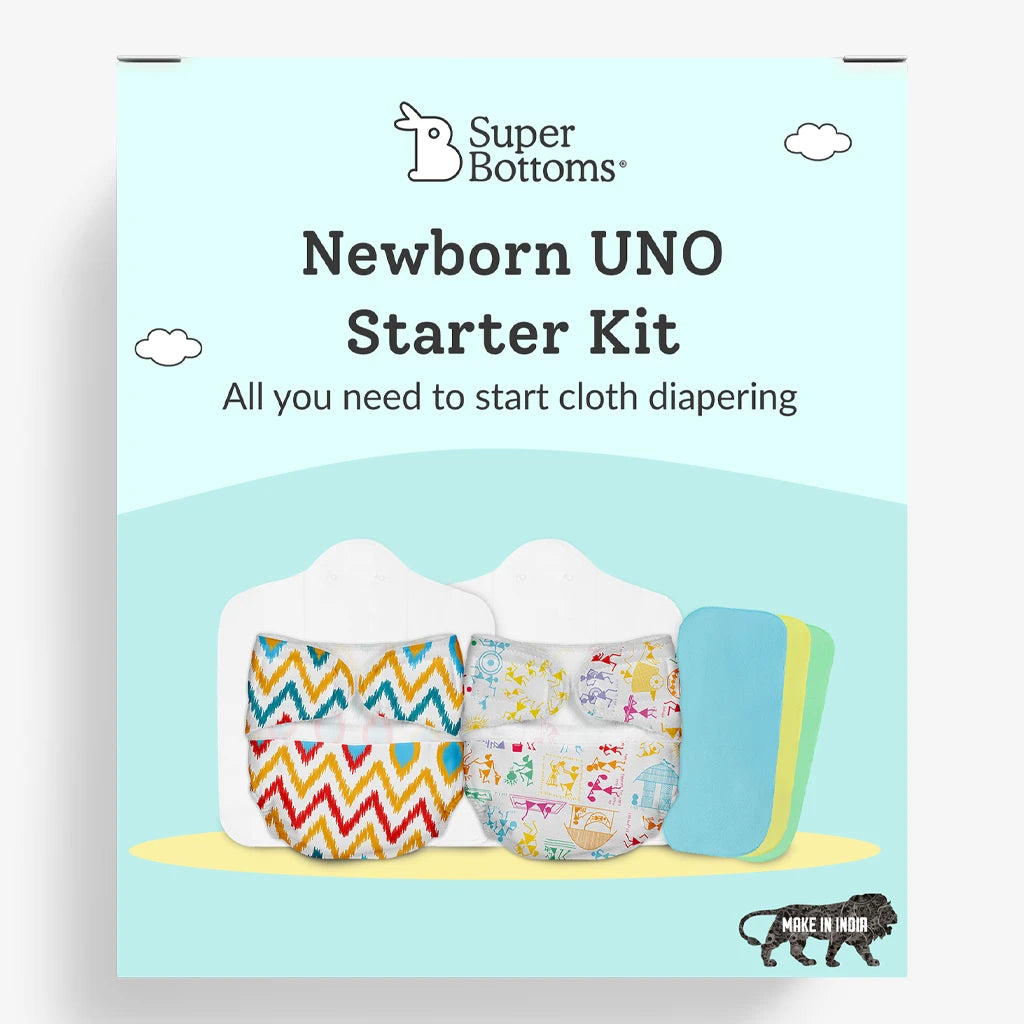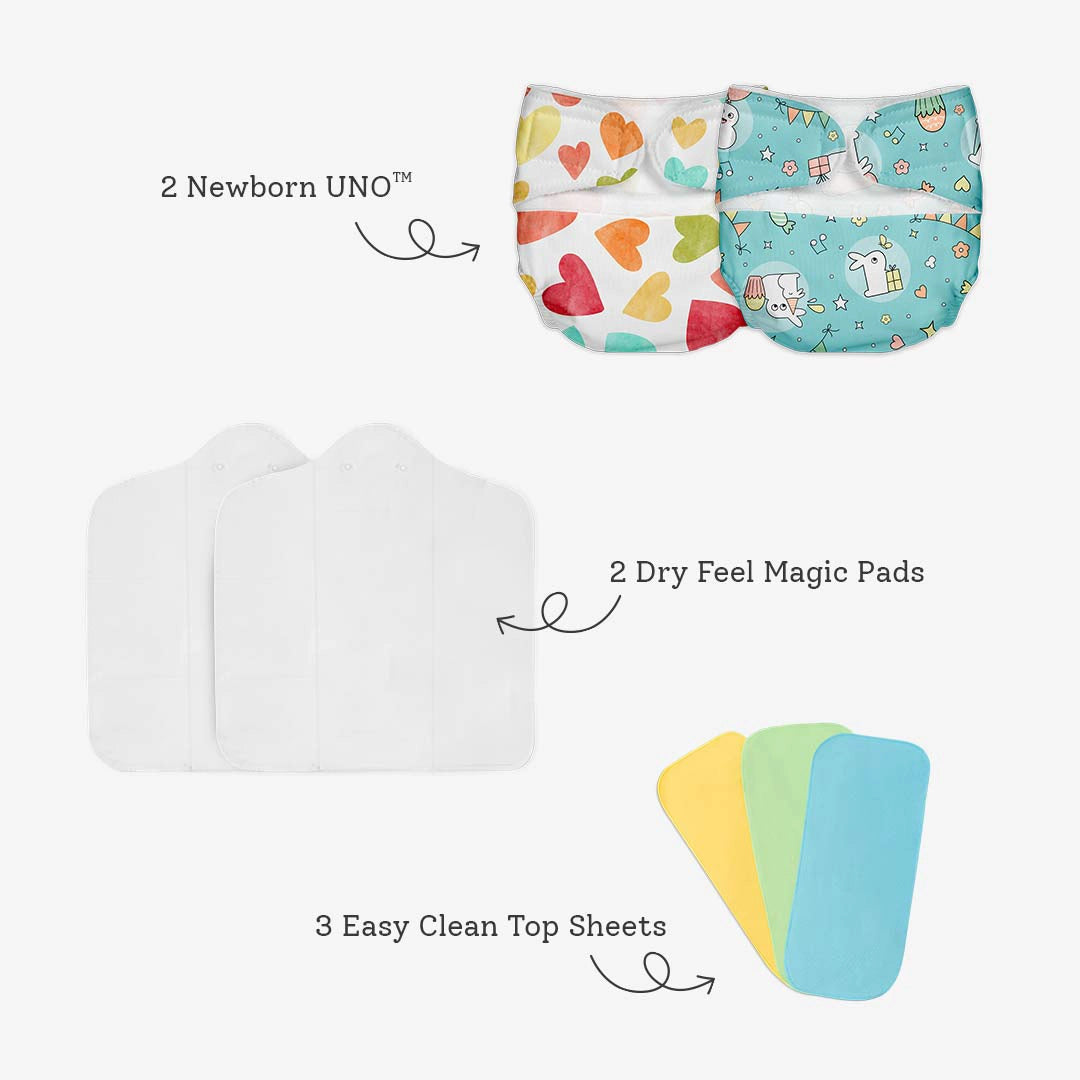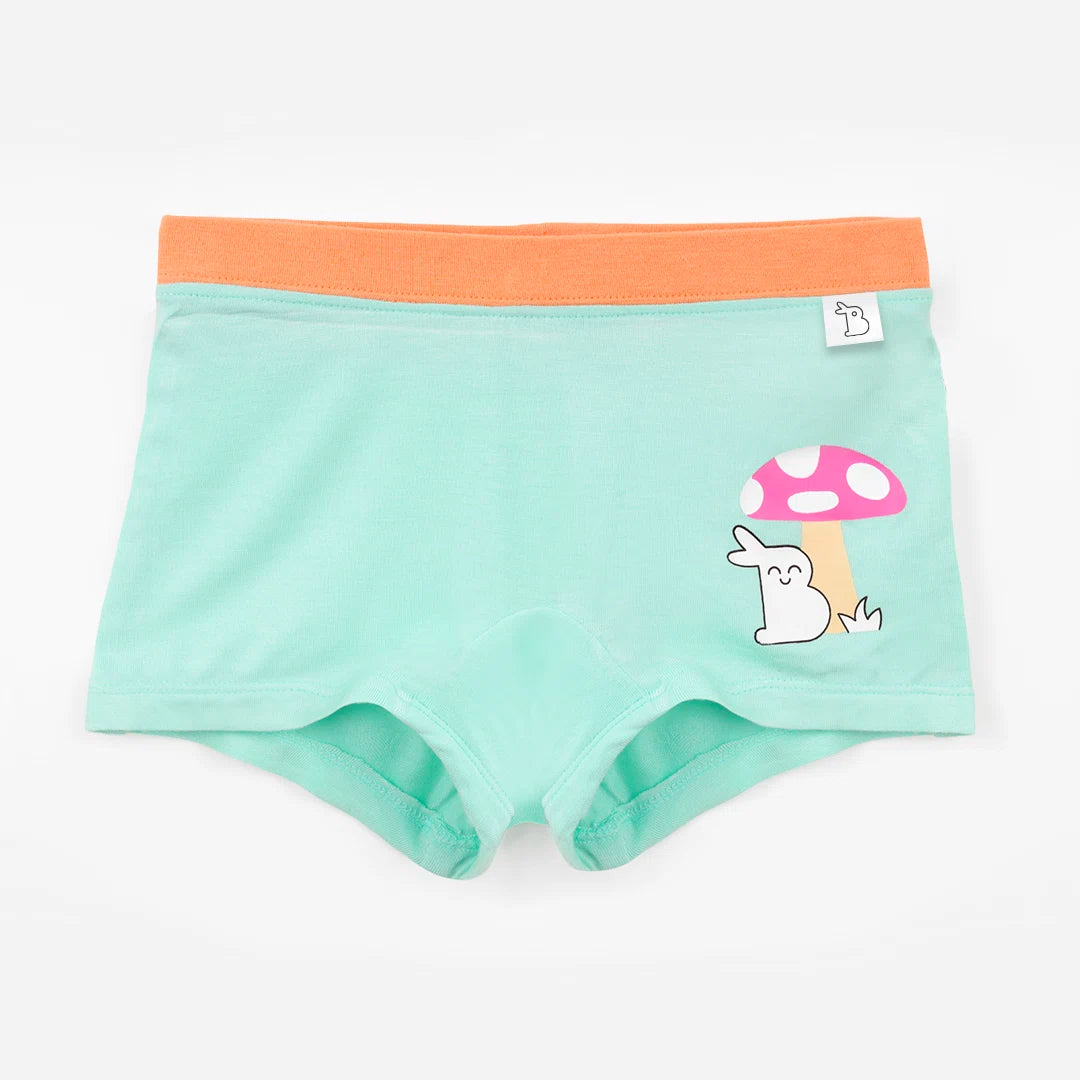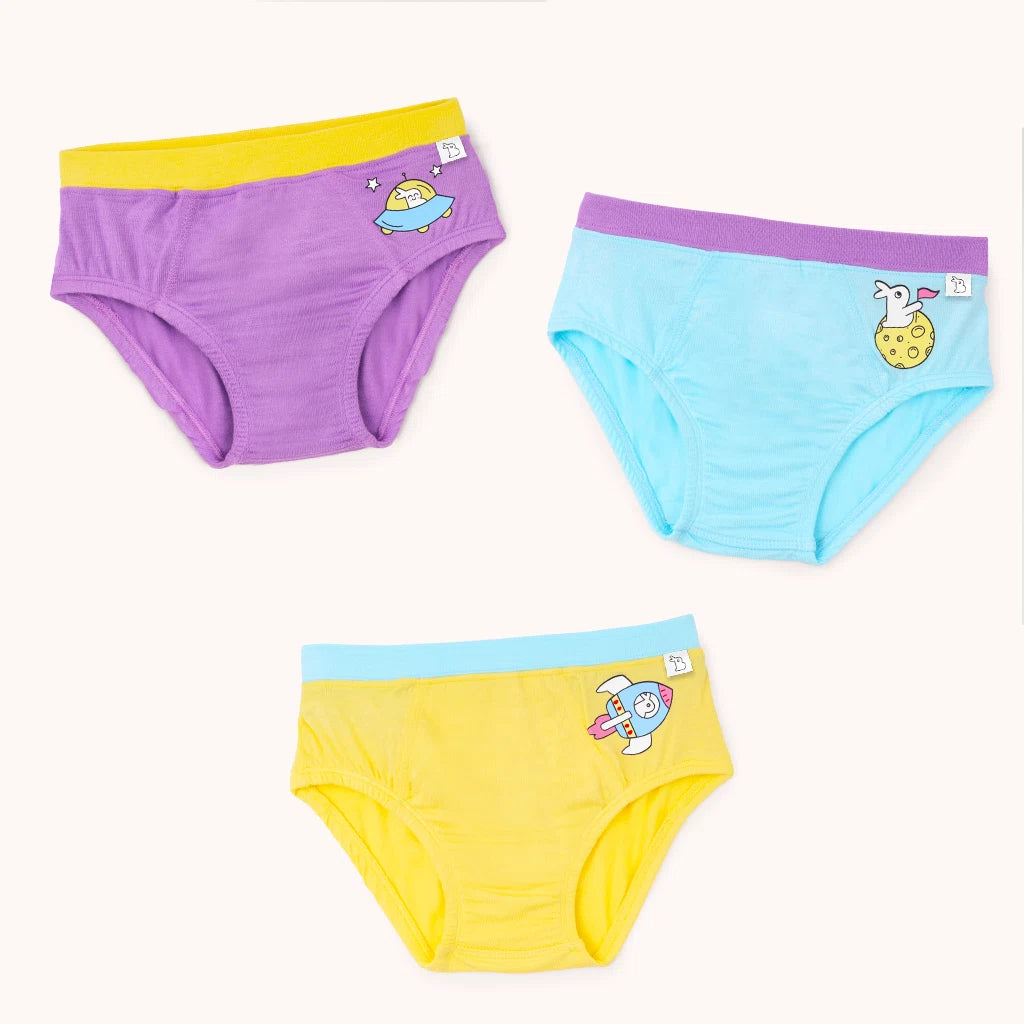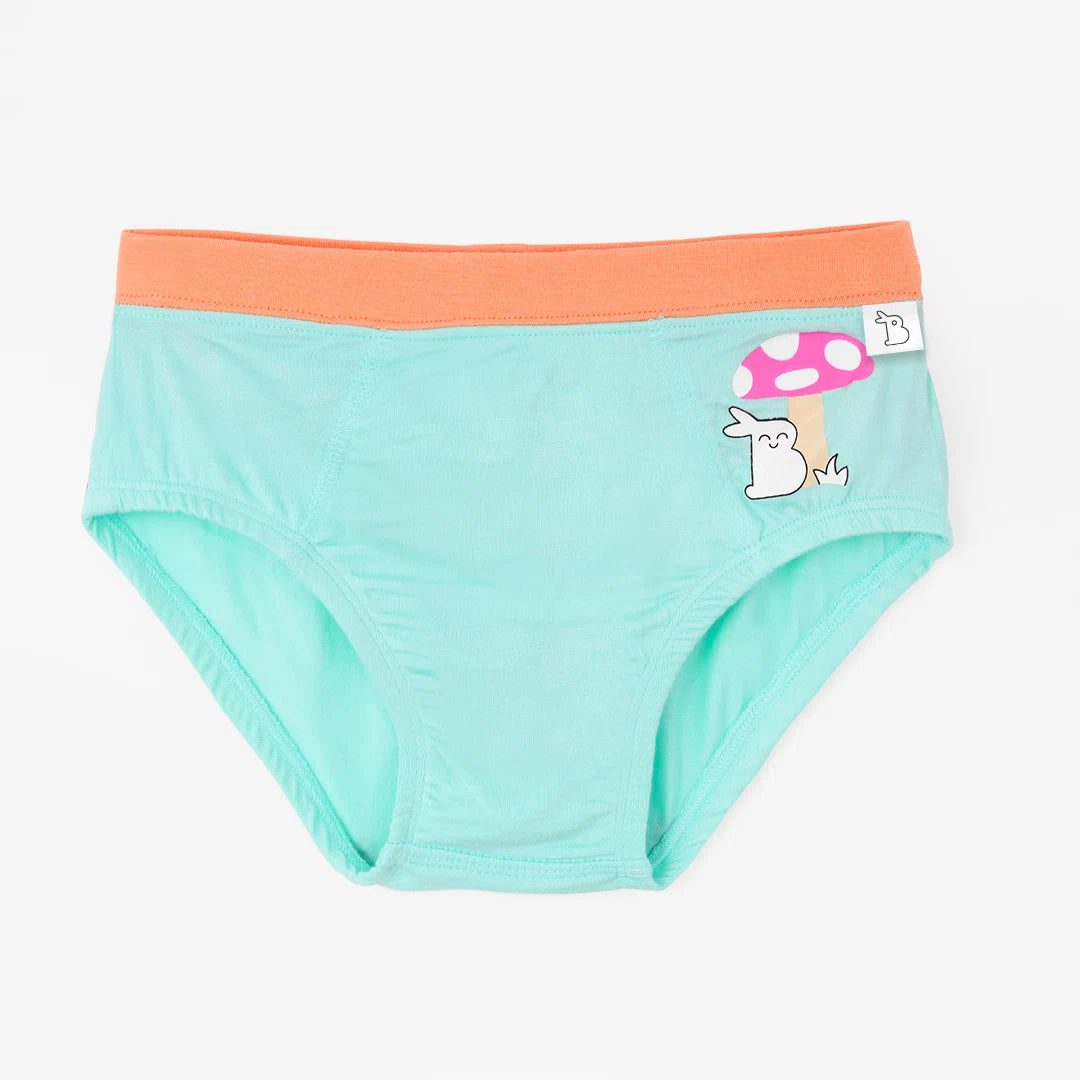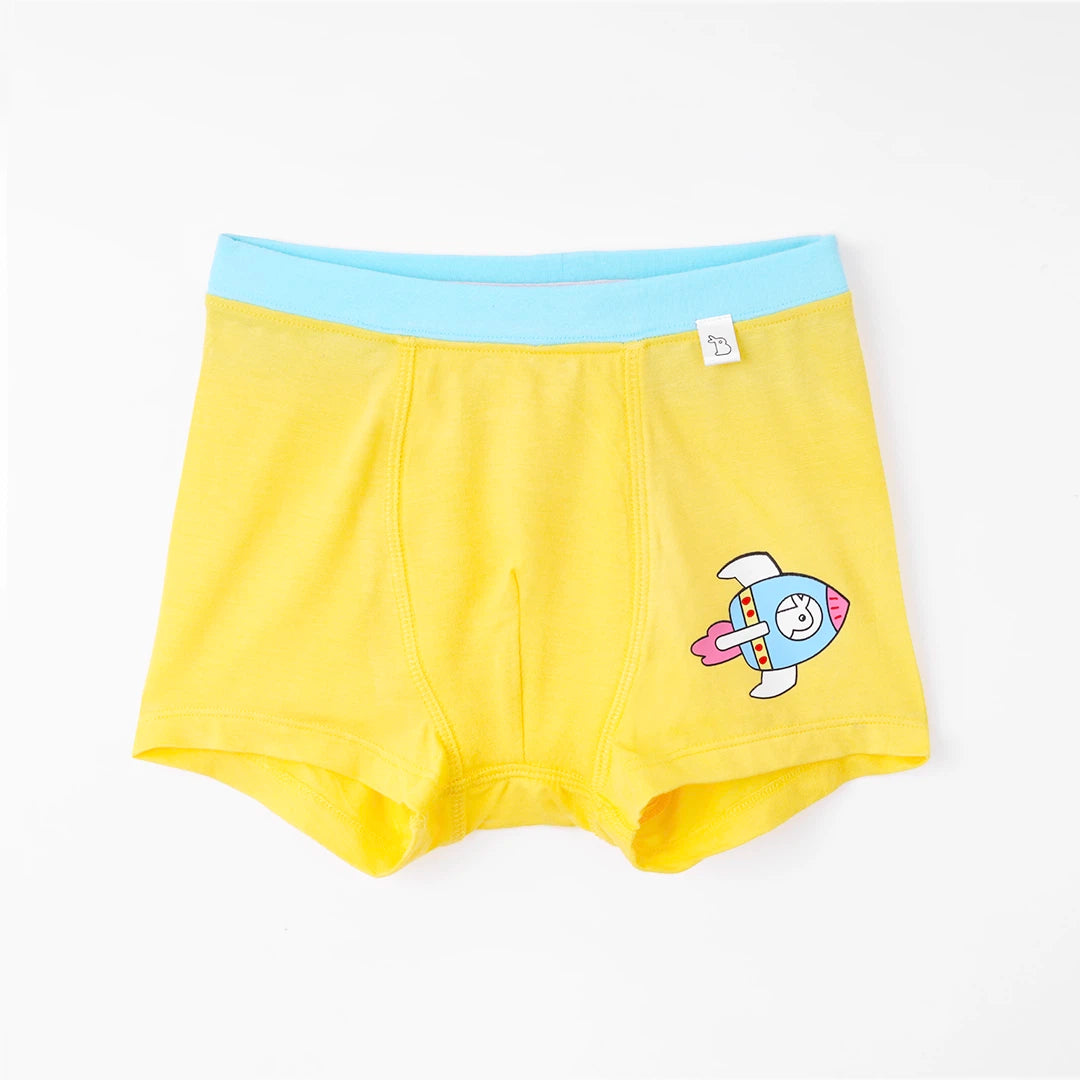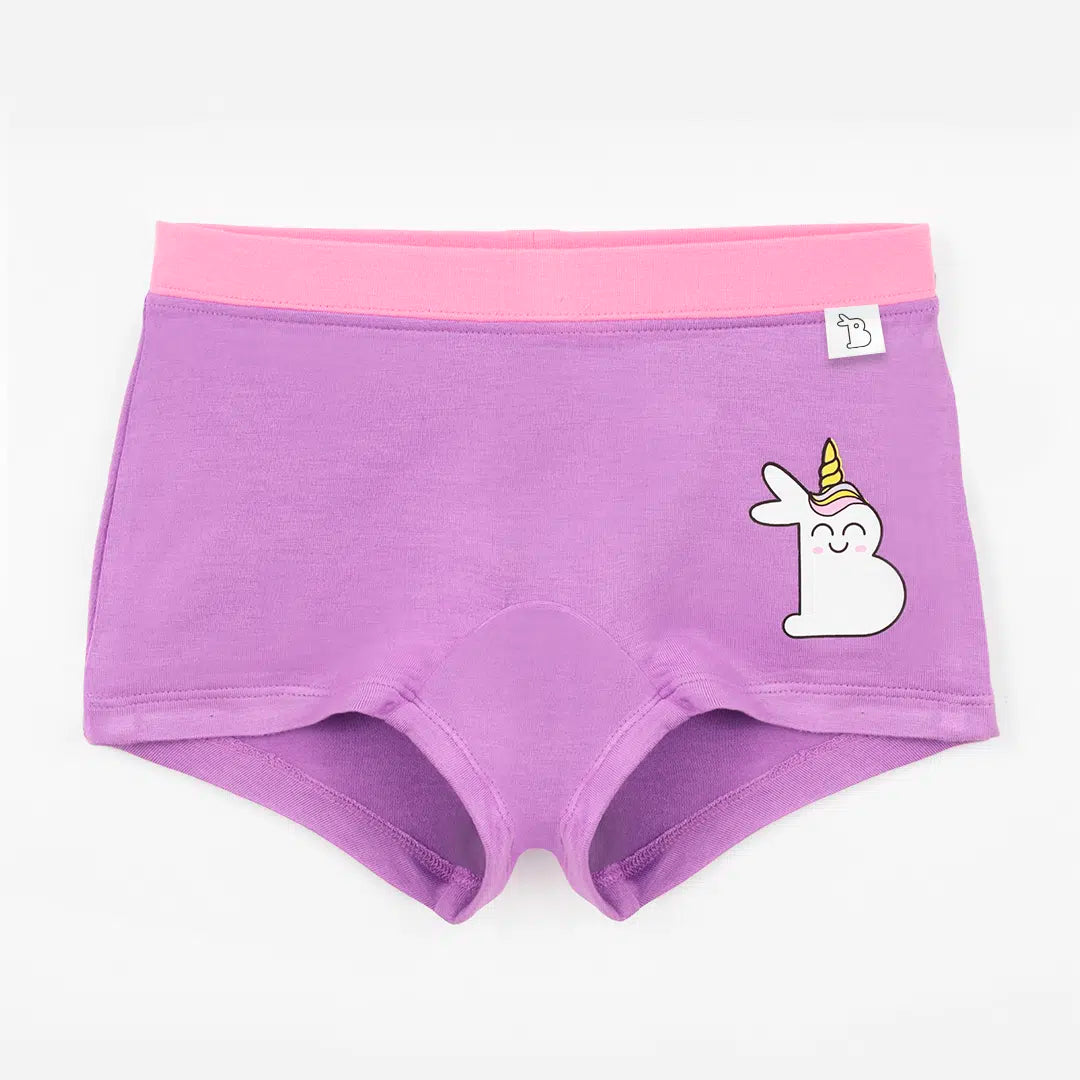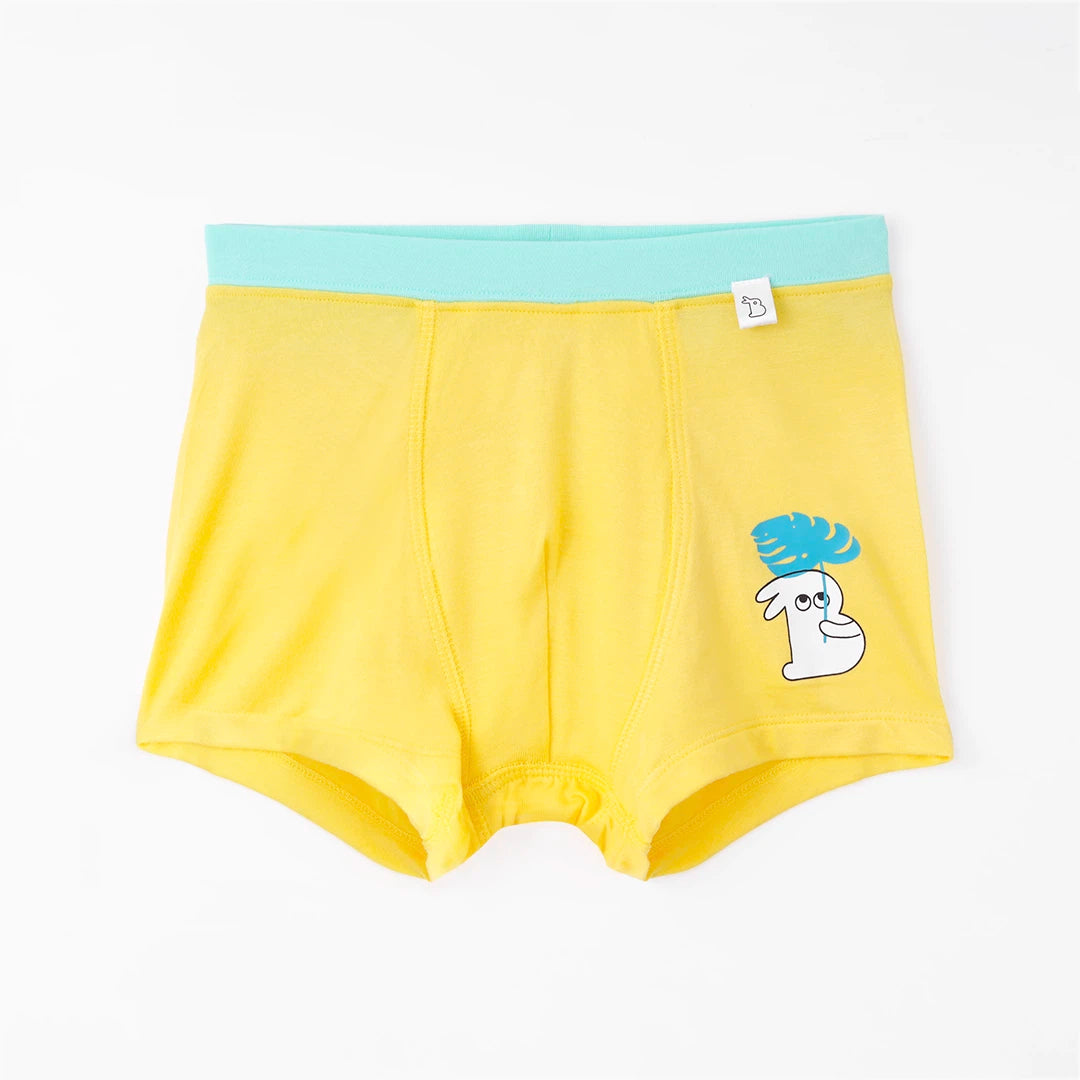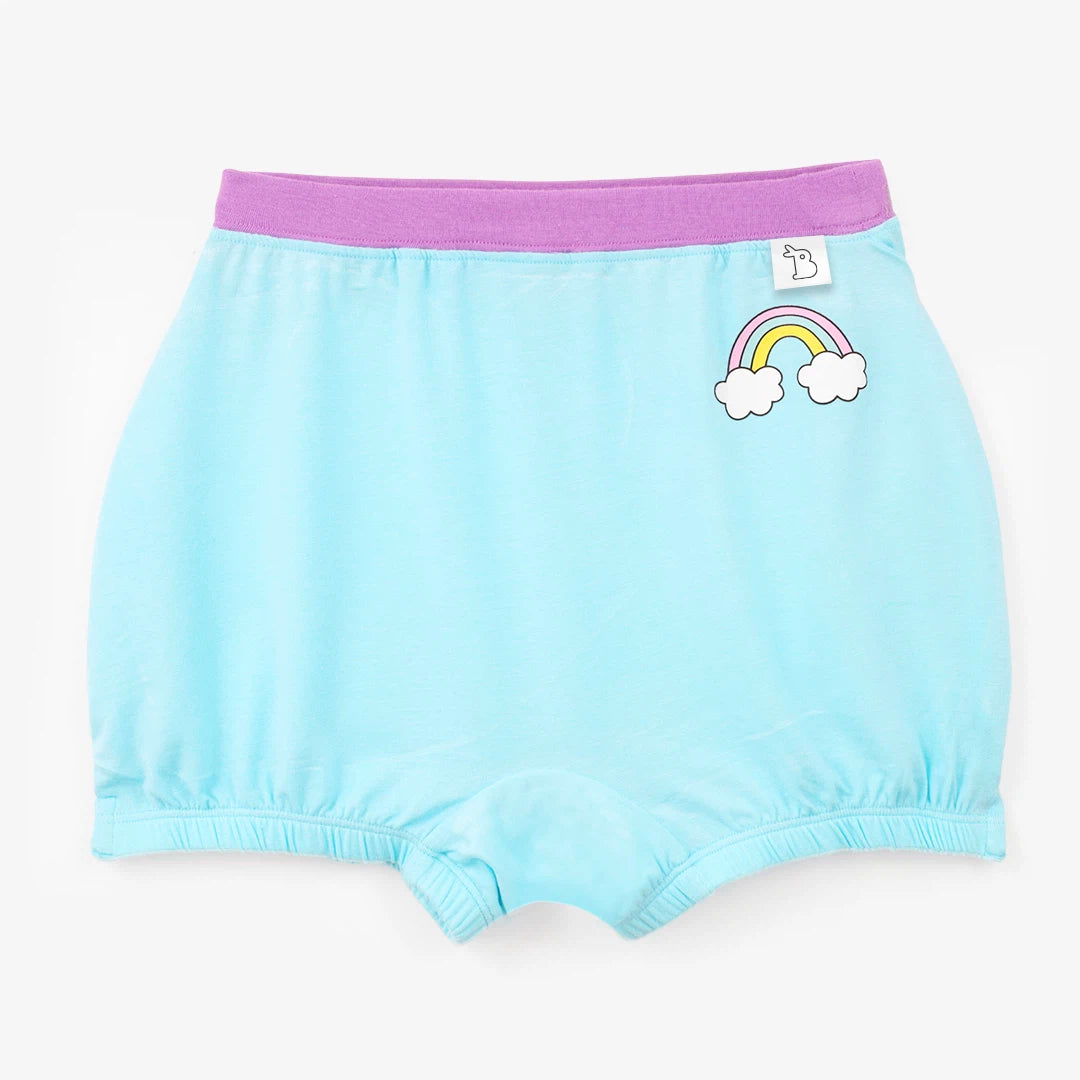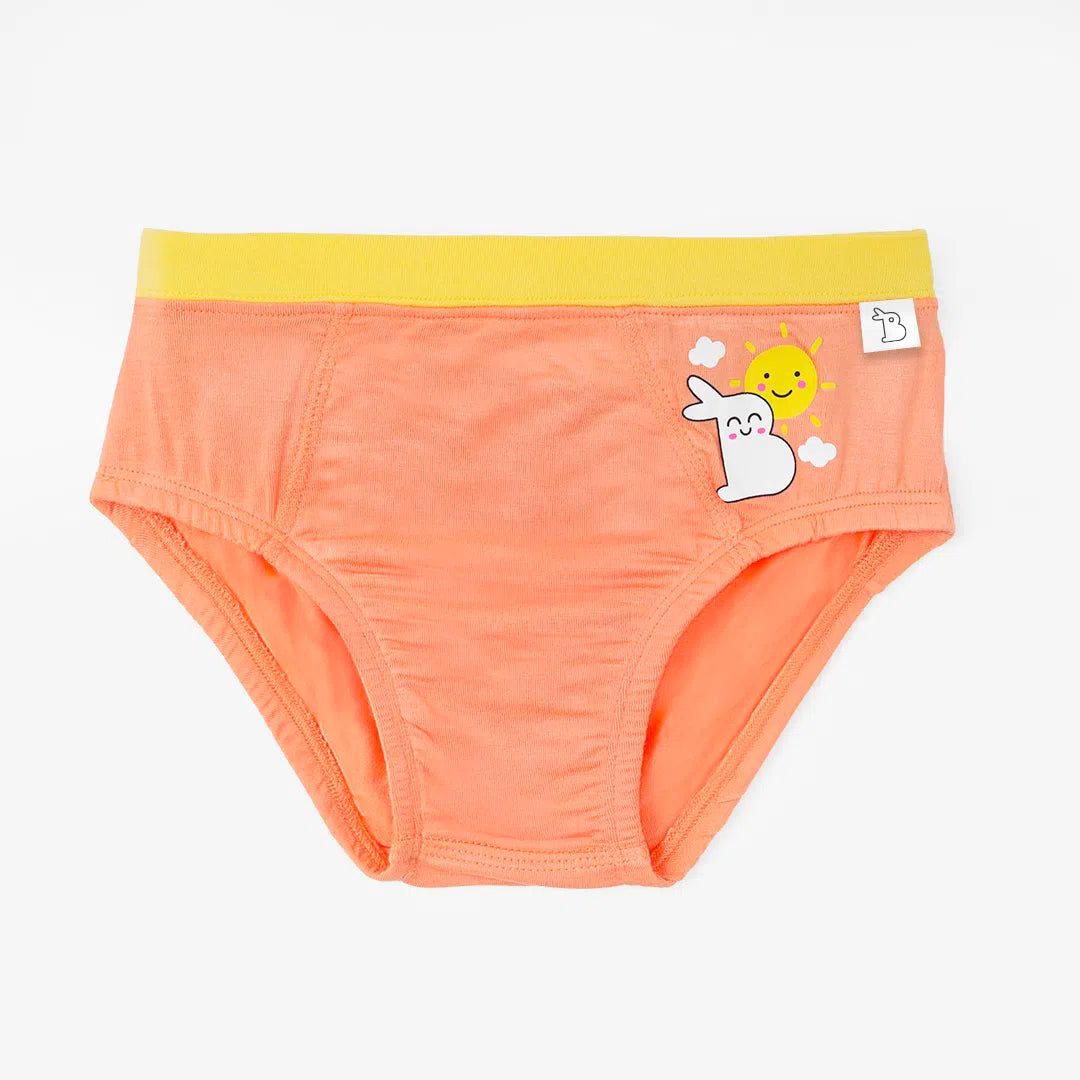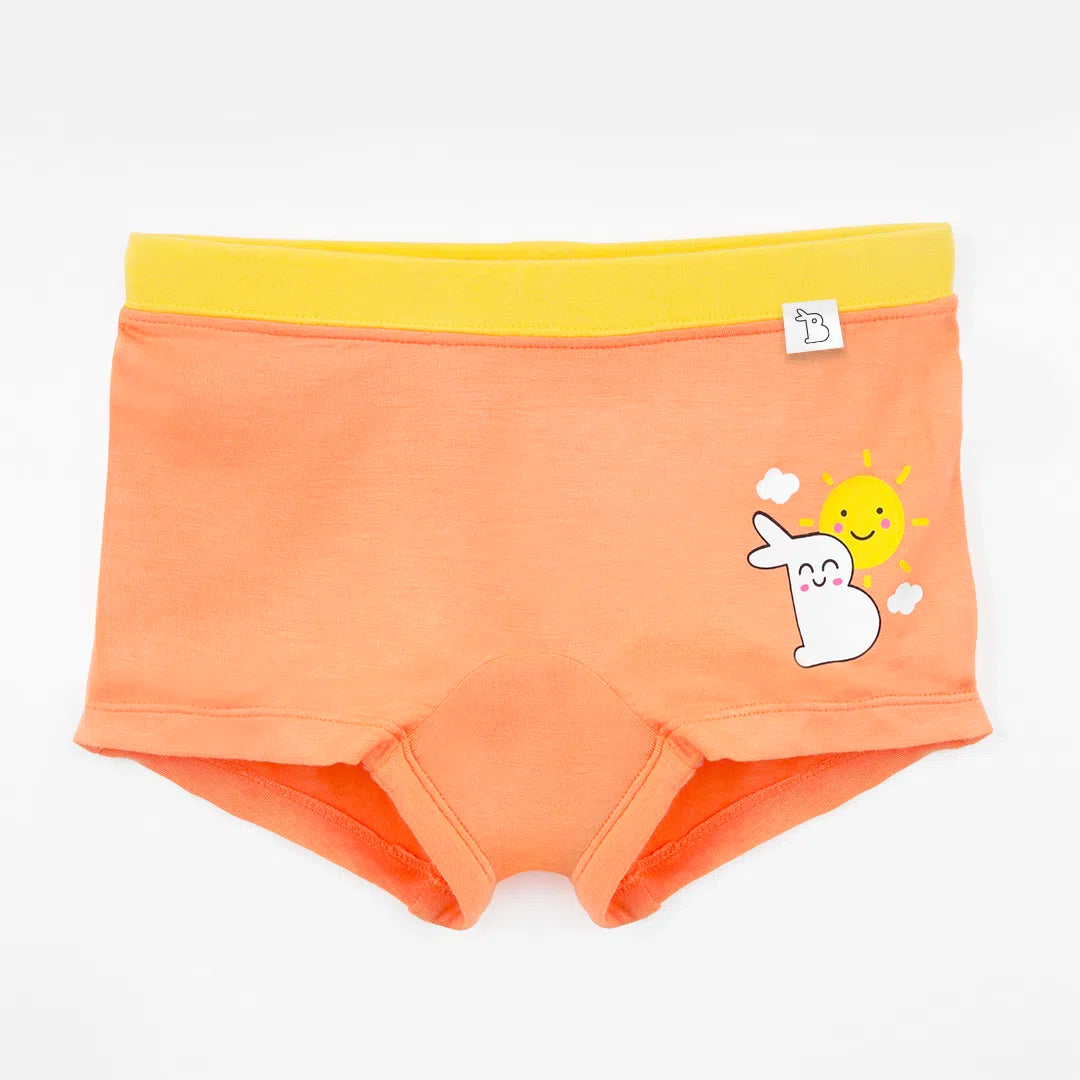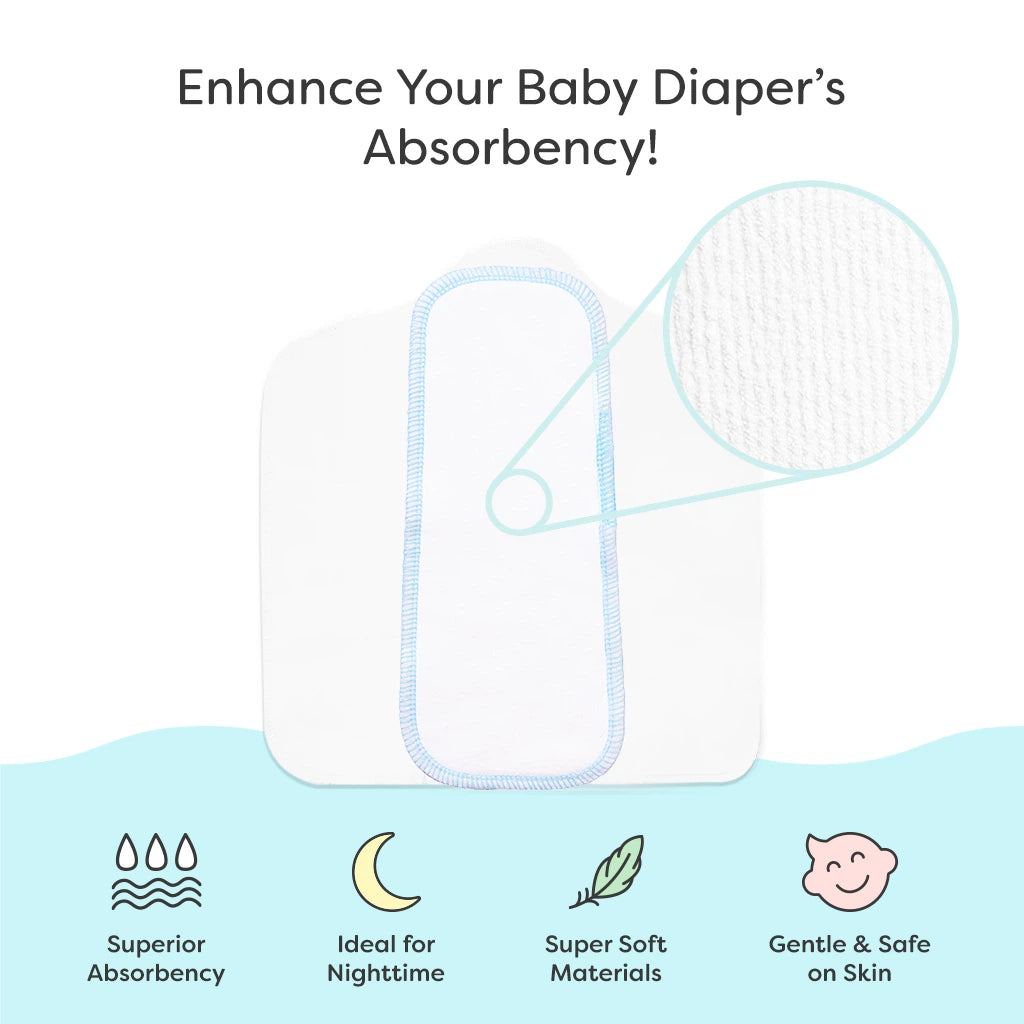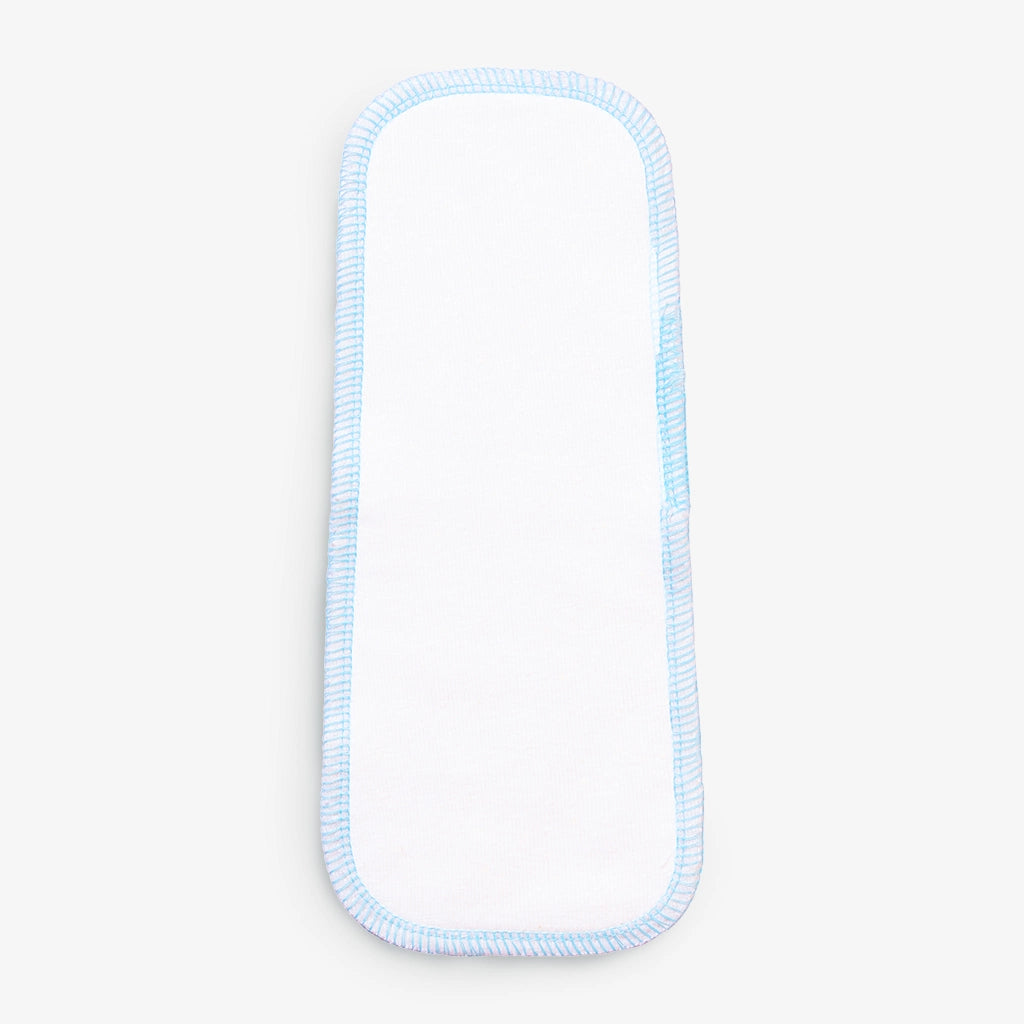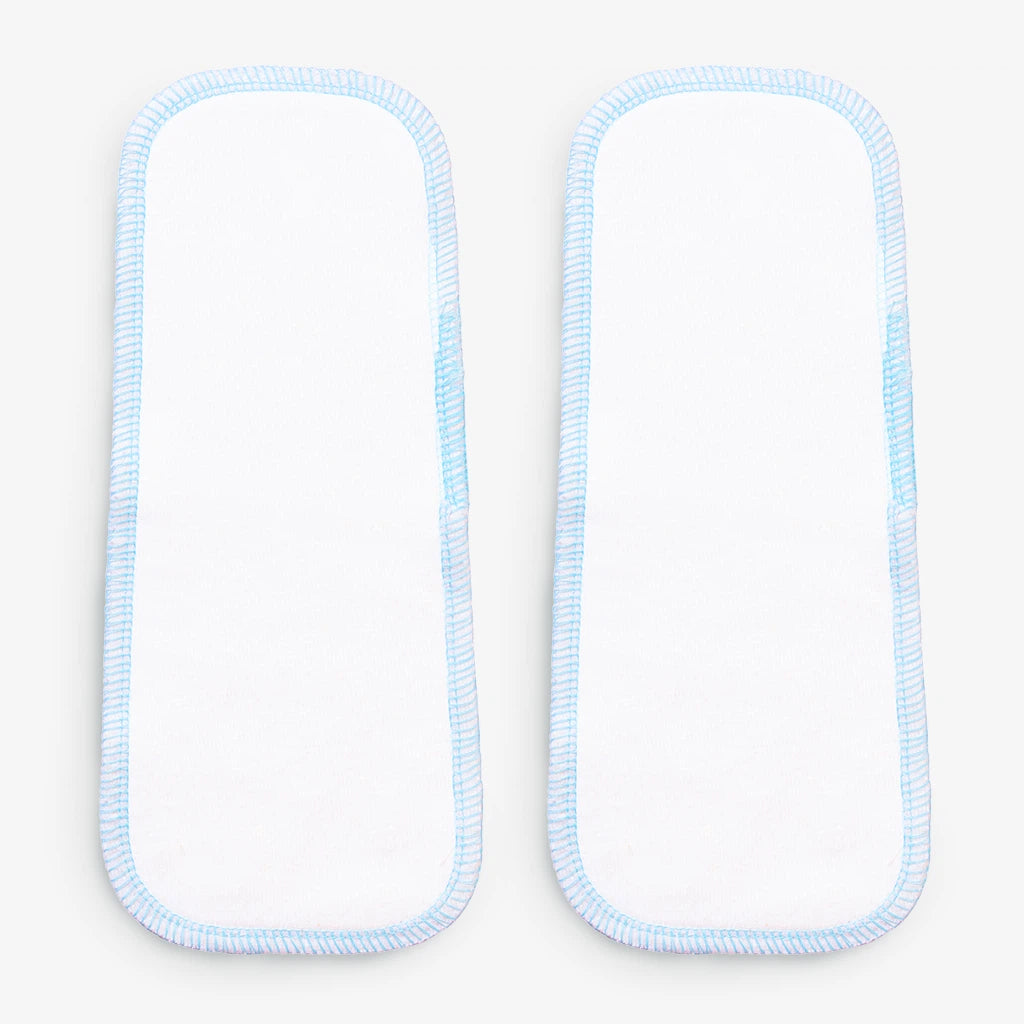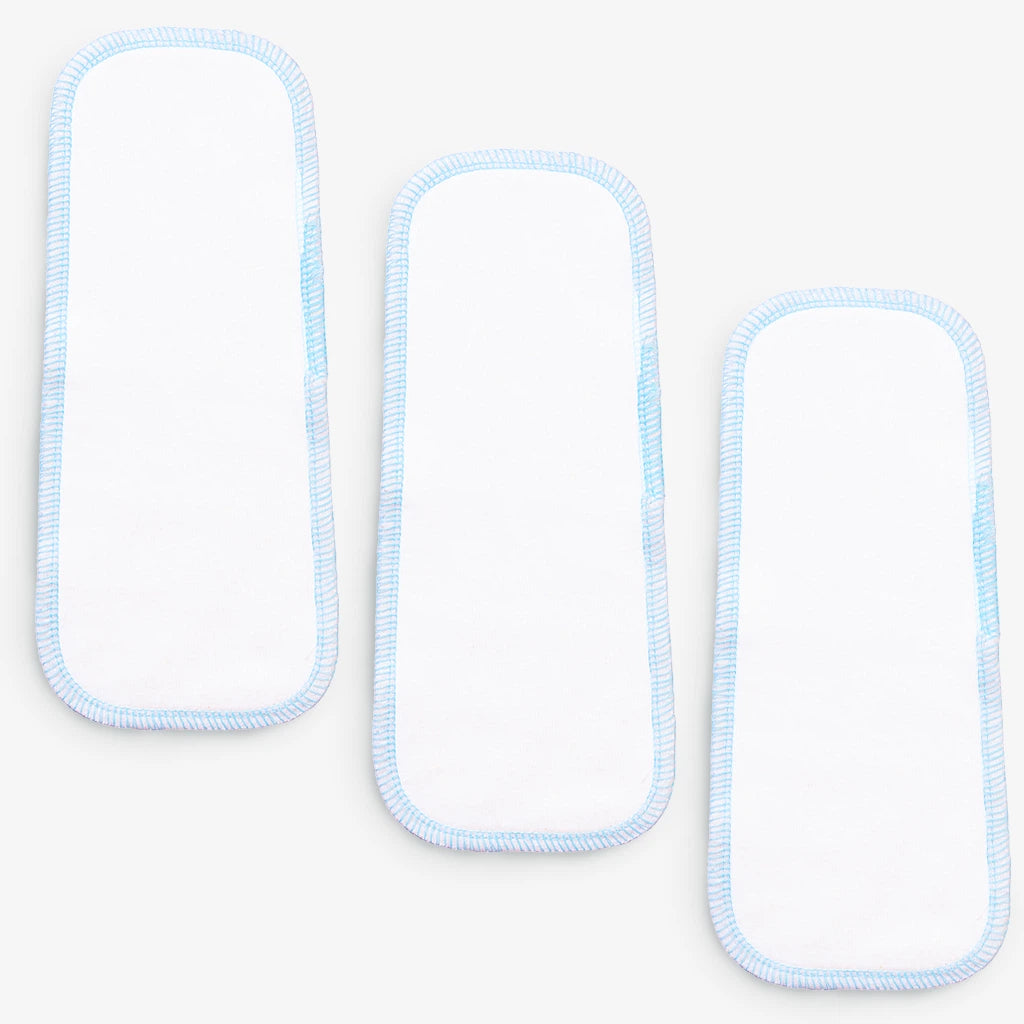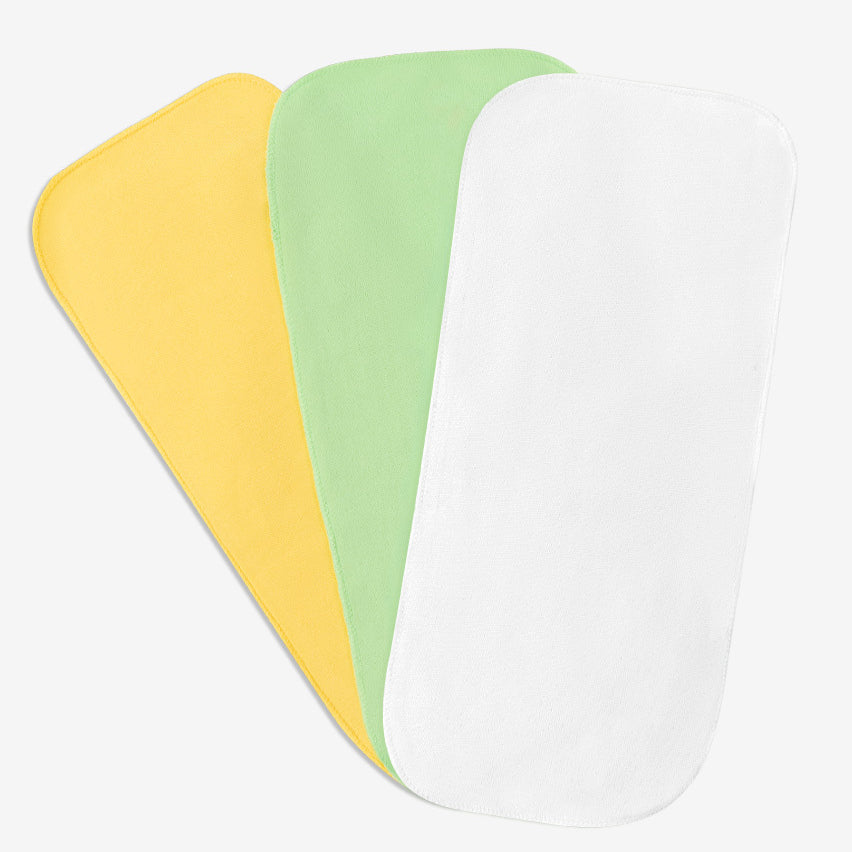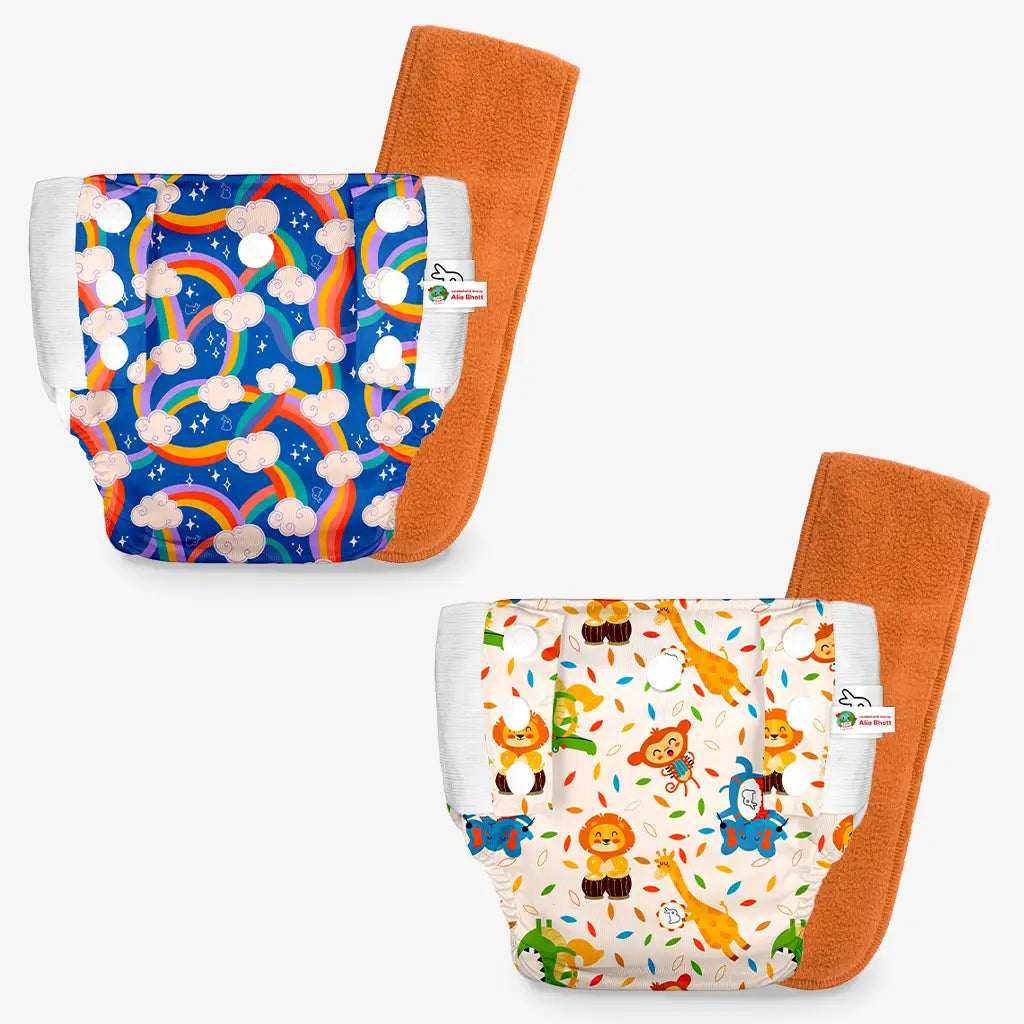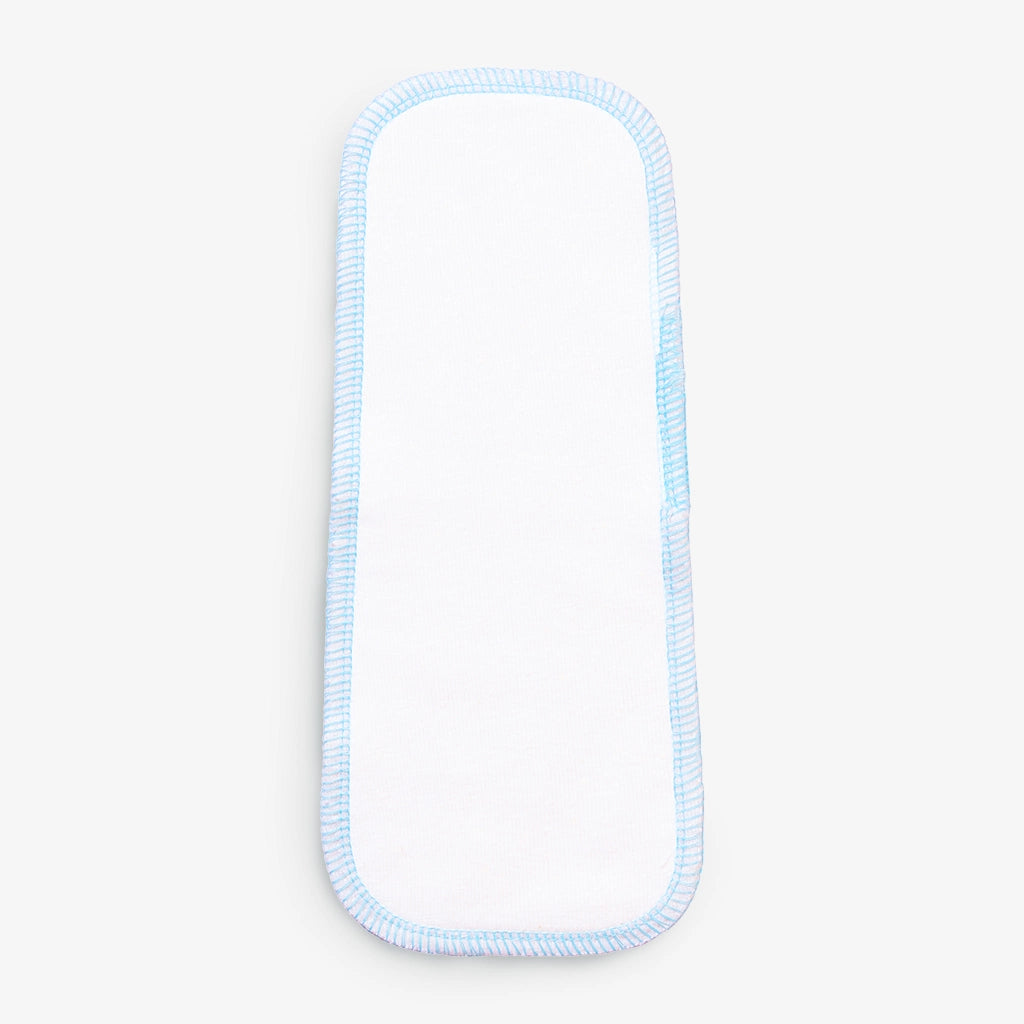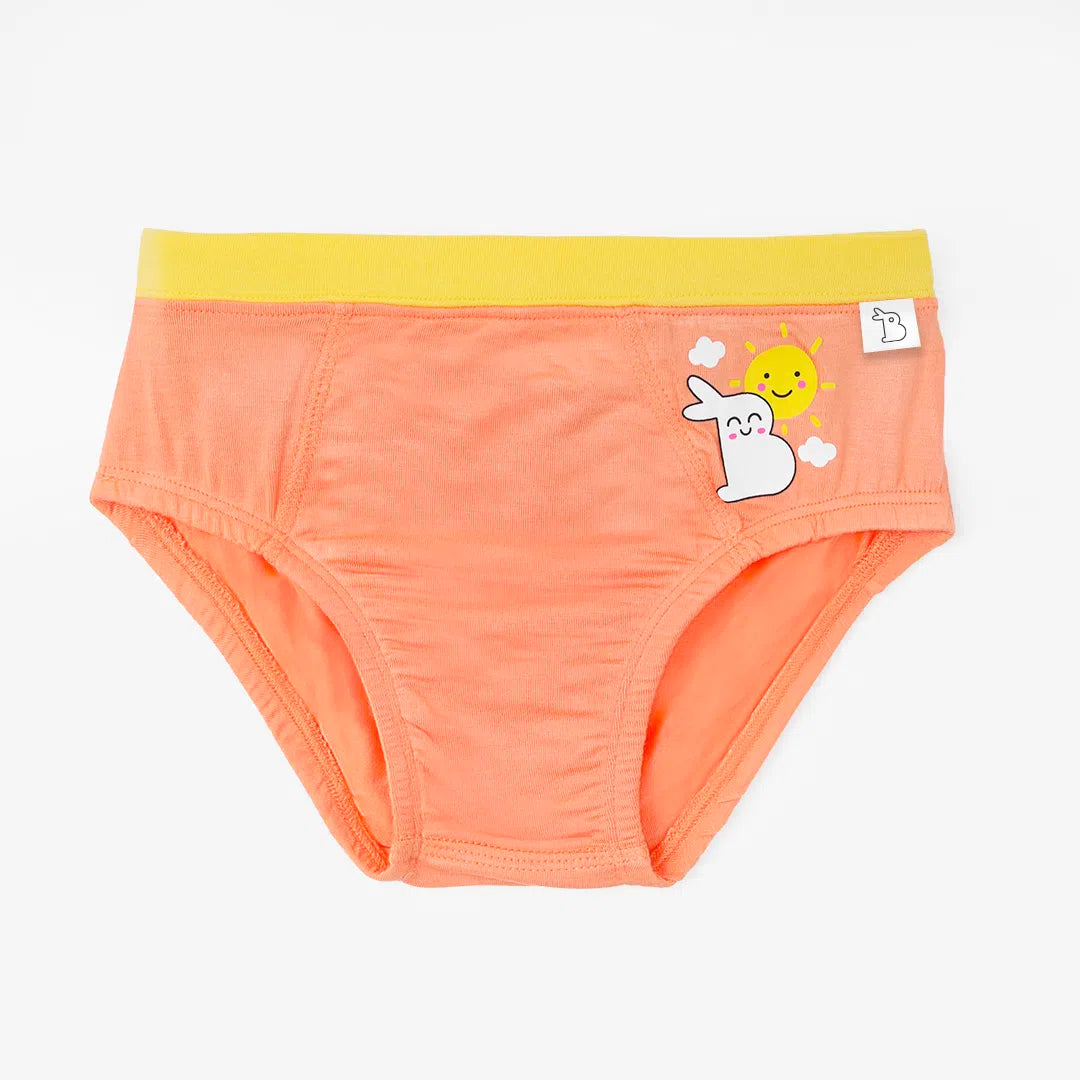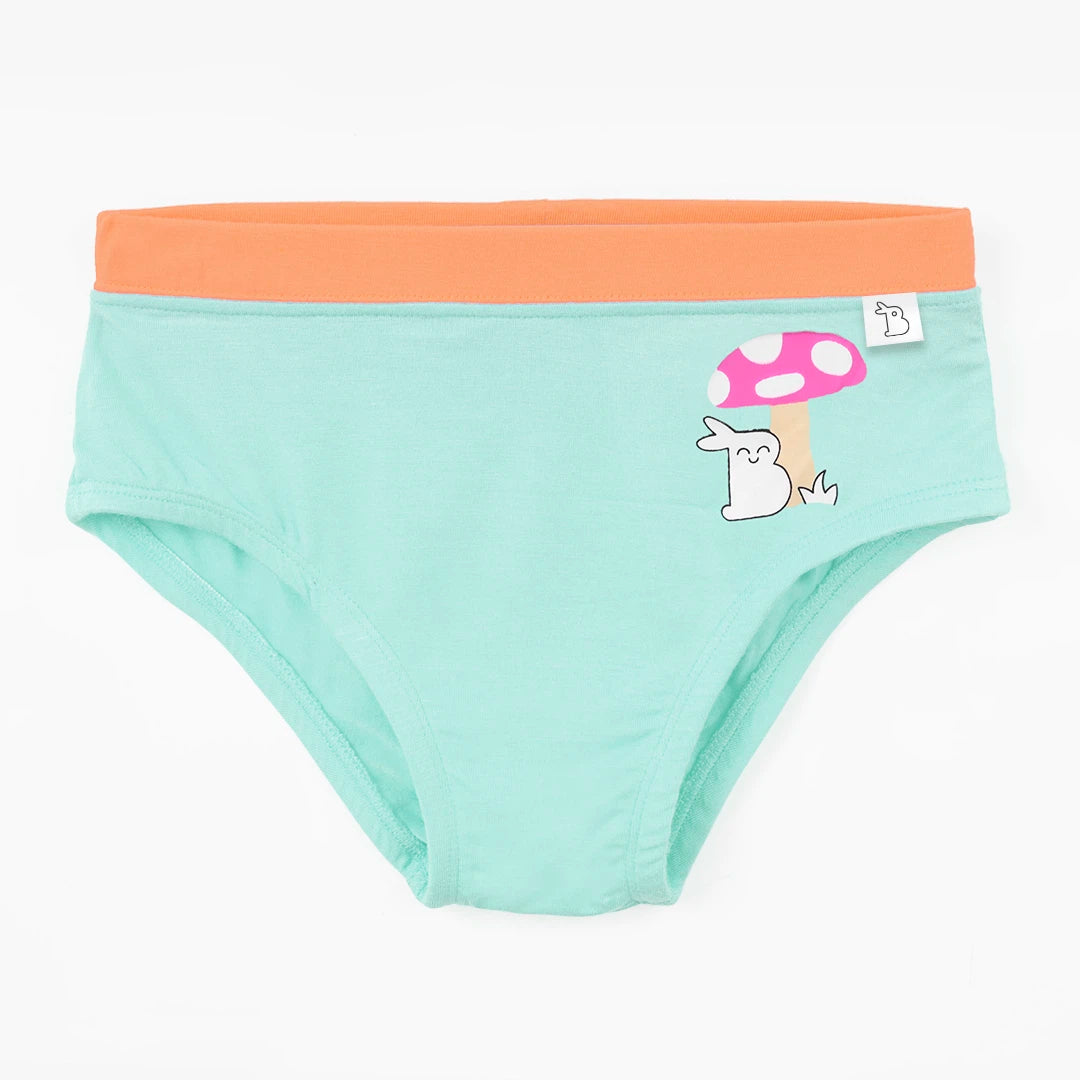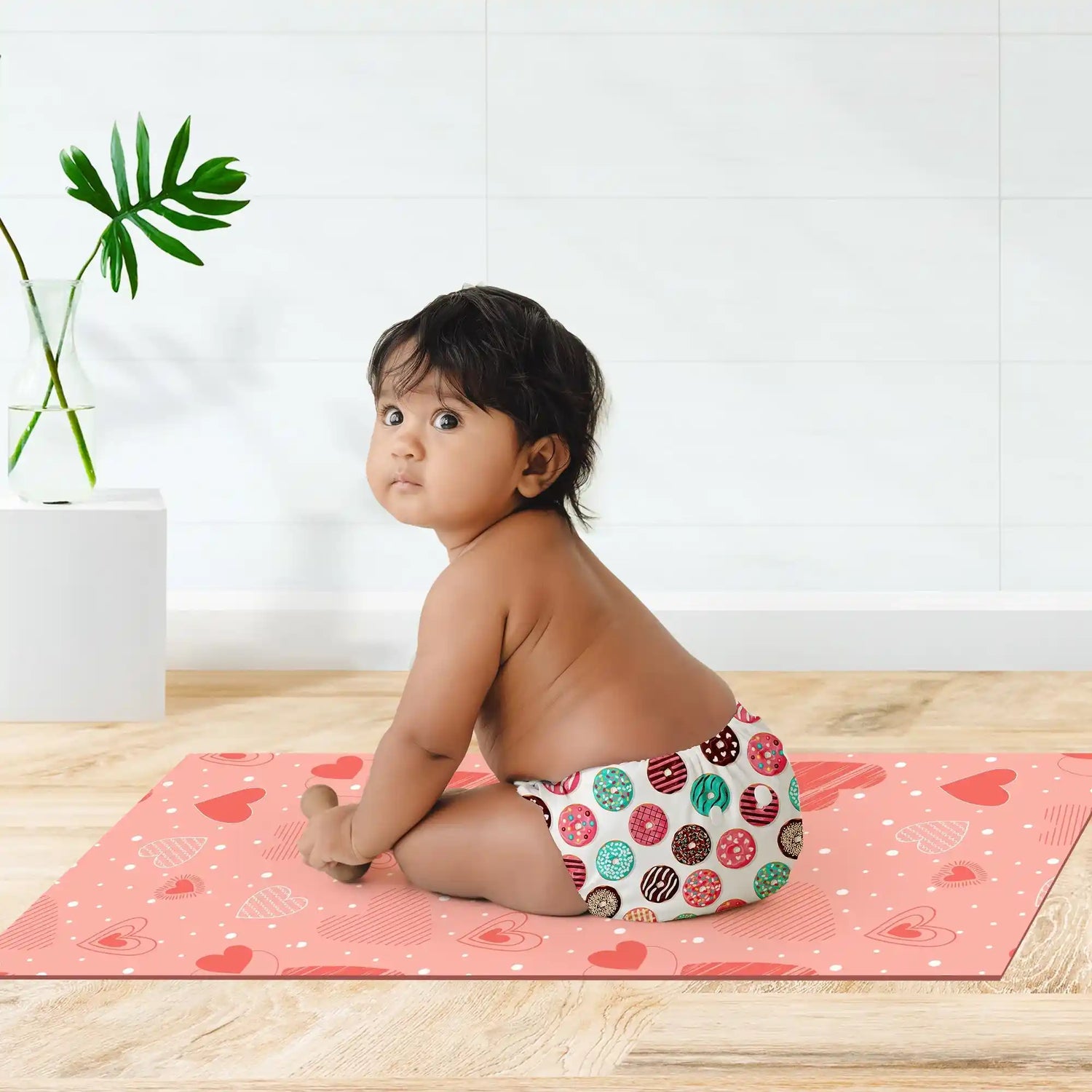- Introduction
- Understanding Exclusive Breastfeeding & Importance of Exclusive Breastfeeding
- Preparing for Successful Exclusive Breastfeeding
- Breastfeeding Tips for a Smooth Experience
- Establishing and Maintaining Milk Supply
- Overcoming Common Breastfeeding Challenges
- Key Takeaways
- FAQs
- Message from SuperBottoms
Embarking on the journey of exclusive breastfeeding can feel both rewarding and challenging. This guide is designed to empower you with the knowledge and practical tips you need for a successful breastfeeding experience. We'll cover everything from understanding what exclusive breastfeeding truly means and its incredible benefits to mastering latch techniques and overcoming common hurdles. Whether you're a first-time mom or seeking to refine your breastfeeding skills, this article will provide you with the support and encouragement you need to nourish your baby and celebrate this special bond.
Exclusive breastfeeding is a powerful way to nourish your baby and build a unique bond. This article will demystify the concept, highlighting its crucial role in early development for both mother and child. We aim to provide you with friendly, practical advice, empowering you to navigate this special time confidently.
Understanding Exclusive Breastfeeding & Importance of Exclusive Breastfeeding
Let's demystify exclusive breastfeeding and explore why it's such a vital practice for both you and your baby.
What is Exclusive Breastfeeding?
Exclusive breastfeeding means that your baby receives only breast milk, with no other liquids or solids—not even water—except for drops or syrups consisting of vitamins, mineral supplements, or medicines. This practice is recommended by the World Health Organization (WHO) for the first six months of a baby's life.
-
Clarification: It's important to understand that exclusive breastfeeding is about providing all the nourishment your baby needs from your breast milk alone.
-
Exclusions: This means no formula, water, juice, or other foods.
-
Types of Exclusive Breastfeeding:
-
Direct breastfeeding: Feeding directly from the breast.
-
Expressed breast milk: Feeding expressed breast milk via bottle or other methods.
Why is Exclusive Breastfeeding So Important? (Benefits of Exclusive Breastfeeding)
Exclusive breastfeeding offers many benefits that contribute to your baby's health and development and your own well-being.
-
Benefits for the Baby:
-
Provides optimal nutrition: Breast milk is perfectly tailored to your baby's needs, containing essential vitamins, minerals, and antibodies.
-
Boosts immune system: Antibodies in breast milk protect against infections and illnesses.
-
Reduces risk of allergies and asthma.
-
Promotes healthy growth and development.
-
Reduces the risk of SIDS (Sudden Infant Death Syndrome).
-
Benefits for the Mother:
-
Promotes postpartum recovery: Helps the uterus return to its pre-pregnancy size.
-
Reduces risk of certain cancers: Including breast and ovarian cancer.
-
Aids in weight loss: Burns extra calories.
-
Strengthens emotional bond: Creates a close connection with your baby.
-
Natural birth control (although not 100% reliable).
-
Importance in Early Development:
-
Lays the foundation for lifelong health and well-being.
-
Supports optimal brain development.
-
Establishes a strong emotional bond between mother and child.
-
Helps to create a healthy gut microbiome.
Preparing for Successful Exclusive Breastfeeding
Setting the stage for successful exclusive breastfeeding begins long before your baby arrives. Prenatal preparation and creating a nurturing environment are key to a positive breastfeeding experience.
Prenatal Preparation:
Knowledge is power when it comes to breastfeeding. Taking the time to educate yourself will build your confidence and help you navigate potential challenges.
-
Educate Yourself About Breastfeeding:
-
Read reputable books and articles on breastfeeding.
-
Explore reliable websites and online resources from organisations like the WHO and La Leche League.
-
Learn about latching, positioning, and milk supply.
-
Attend Breastfeeding Classes or Workshops:
-
These classes provide hands-on experience and expert advice.
-
They offer an opportunity to ask questions and connect with other expectant parents.
-
Many hospitals and community centres offer these classes.
-
Discuss Your Breastfeeding Plans with Your Healthcare Provider:
-
Share your intentions to breastfeed with your doctor or midwife exclusively.
-
Discuss any medical conditions or concerns that may affect breastfeeding.
-
Ensure your healthcare provider is supportive and knowledgeable about breastfeeding.
Setting Up a Comfortable Environment:
Creating a peaceful and comfortable space for breastfeeding will make the experience more enjoyable for both you and your baby.
-
Create a Calm and Relaxing Space for Breastfeeding:
-
Choose a quiet, comfortable spot in your home.
-
Ensure you have comfortable seating with good back support.
-
Dim the lights and minimise distractions.
-
Consider playing soft, calming music.
-
Gather Essential Breastfeeding Supplies:
-
Nursing pillow: Provides support and comfort during feedings.
-
Breast pump: Useful for expressing milk and relieving engorgement.
-
Nursing bras: Offer support and easy access for breastfeeding.
-
Nipple cream: Soothes sore nipples.
-
Nursing pads: Absorb leaks and keep you dry.
-
Water bottle and snacks: Keep you hydrated and nourished during feedings.
-
A comfortable blanket.
Breastfeeding Tips for a Smooth Experience
Once your baby arrives, these practical tips will help you establish and maintain a successful breastfeeding journey.
10 Tips for Successful Breastfeeding:
-
Focus on Proper Latch and Positioning:
-
A good latch is crucial for comfortable and effective feeding.
-
Ensure your baby's mouth covers a large portion of your areola.
-
Position your baby's tummy-to-tummy, with their head and body aligned.
-
Feed on Demand, Not on a Strict Schedule:
-
Respond to your baby's hunger cues, such as rooting, sucking, and crying.
-
Frequent feedings help establish and maintain a healthy milk supply.
-
Ensure Adequate Hydration and Nutrition for Yourself:
-
Drink plenty of water throughout the day.
-
Eat a balanced diet rich in fruits, vegetables, and whole grains.
-
Your body needs extra calories and nutrients while breastfeeding.
-
Take Care of Your Nipples to Prevent Soreness:
-
Ensure a proper latch to minimise nipple irritation.
-
Apply nipple cream or expressed breast milk to soothe sore nipples.
-
Allow your nipples to air dry after feedings.
-
Breastfeeding Tips for Managing Engorgement:
-
Frequent feedings help prevent engorgement.
-
Apply warm compresses or take a warm shower to relieve discomfort.
-
Express a small amount of milk to soften the areola before feeding.
-
Cold compresses after feeding can reduce swelling.
-
How to Handle Common Breastfeeding Challenges (e.g., Low Milk Supply, Latch Issues):
-
Seek help from a lactation consultant for personalised advice.
-
Increase feeding frequency to boost milk supply.
-
Practice different latching techniques.
-
Importance of Skin-to-Skin Contact:
-
Skin-to-skin contact helps regulate your baby's temperature and heart rate.
-
It also promotes bonding and stimulates milk production.
-
How to Handle Night Time Breastfeeding:
-
Keep your baby close at night for easy access.
-
Create a safe sleep environment.
-
Try side-lying positions for comfortable night feeds.
-
How to Know Your Baby is Getting Enough Milk:
-
Monitor your baby's weight gain and growth.
-
Count wet and dirty diapers (at least 6 wet diapers daily).
-
Observe your baby's contentment after feedings.
-
Importance of Support from Partners, Family, and Lactation Consultants:
-
Partners and family can provide emotional and practical support.
-
Lactation consultants offer expert guidance and problem-solving.
-
Support groups can help you connect with other breastfeeding mothers.
Establishing and Maintaining Milk Supply
A consistent and abundant milk supply is essential for successful exclusive breastfeeding. Understanding the dynamics of milk production and recognising signs of adequate intake will empower you to nourish your baby effectively.
10 Steps to Successful Breastfeeding and Milk Supply:
-
Frequent and Effective Milk Removal:
-
Regular feedings or pumping sessions are crucial for stimulating milk production.
-
Ensure your baby is effectively emptying your breasts during each feed.
-
Pumping When Needed:
-
Use a breast pump to express milk if you are separated from your baby or to increase supply.
-
Pump after feedings or between feedings to signal your body to produce more milk.
-
Maintaining a Healthy Lifestyle:
-
Eat a balanced diet with plenty of fruits, vegetables, and whole grains.
-
Stay hydrated by drinking plenty of water.
-
Get adequate rest, as fatigue can affect milk supply.
-
Manage stress through relaxation techniques.
-
Understanding Supply and Demand:
-
Your milk supply is based on the principle of supply and demand.
-
The more milk your baby removes, the more your body will produce.
-
Avoid supplementing with formula unless medically necessary, as this can reduce your milk supply.
Recognising Signs of Adequate Milk Intake:
Knowing that your baby is getting enough milk is essential for your peace of mind.
-
Weight Gain and Growth Milestones:
-
Your baby should be gaining weight steadily and meeting growth milestones.
-
Regular check-ups with your paediatrician will monitor your baby's growth.
-
Frequency of Wet and Dirty Diapers:
-
In the first few days, expect fewer wet and dirty diapers.
-
After your milk comes in, expect at least 6 wet diapers and 3-4 dirty diapers in 24 hours.
-
The colour of the stool will change from dark meconium to a yellowish, seedy appearance.
|
Limited Offers Ending Sooner - BUY NOW Now or never offers live on the SuperBottoms website. Take advantage of the never-before Good Value for Money on our offer page! Stock up on the bestselling UNO diapers, accessories and other popular SuperBottoms baby and mom products now available in deals and discounts. HURRY, the Deals are Live till stocks last! |
Overcoming Common Breastfeeding Challenges
While breastfeeding is natural, it can sometimes present challenges. Knowing how to address these issues will help you confidently continue your breastfeeding journey.
-
Addressing Nipple Soreness and Engorgement:
-
Nipple Soreness:
-
Ensure proper latch and positioning.
-
Apply expressed breast milk or a lanolin-based nipple cream.
-
Allow nipples to air dry after feeding.
-
Use warm compresses for comfort.
-
Engorgement:
-
Feed frequently to empty breasts.
-
Apply warm compresses or take a warm shower before feeding.
-
Use cold compresses after feeding to reduce swelling.
-
Gently massage the breasts during feeding or pumping.
-
Managing Low Milk Supply:
-
Increase feeding frequency and duration.
-
Pump after feedings or between feedings.
-
Ensure adequate hydration and nutrition.
-
Get sufficient rest and manage stress.
-
Consult with a lactation consultant to rule out medical causes.
-
Consider galactagogues (milk-boosting foods or supplements) under professional guidance.
-
Dealing with Latch Difficulties:
-
Seek assistance from a lactation consultant.
-
Try different breastfeeding positions.
-
Ensure your baby's head is well-supported.
-
Make sure your baby's mouth is wide open before latching.
-
Handling Colic and Fussiness:
-
Ensure a proper latch to minimise air intake.
-
Try different feeding positions.
-
Burp your baby frequently.
-
Use gentle rocking or swaying motions.
-
Create a calm and soothing environment.
-
Rule out food sensitivities or allergies with your paediatrician.
-
Consider skin-to-skin contact.
Exclusive breastfeeding is a remarkable journey that offers unparalleled benefits for both mother and baby. The advantages are undeniable from providing optimal nutrition and boosting immunity to fostering a deep emotional bond. Remember, successful exclusive breastfeeding hinges on understanding its core principles, preparing adequately, and implementing practical tips for a smooth experience.
Key Takeaways
-
Exclusive breastfeeding is a comprehensive approach to infant feeding with significant benefits for both mother and baby. It provides optimal nutrition, boosts immunity, and fosters a strong emotional bond while also aiding in postpartum recovery and reducing health risks for mothers.
-
Preparation, knowledge, and support are crucial for successful exclusive breastfeeding. This includes prenatal education, setting up a comfortable environment, mastering latch and positioning techniques, and understanding the dynamics of milk supply and demand.
-
Overcoming common challenges and maintaining a healthy lifestyle are essential for sustaining exclusive breastfeeding. Addressing issues like nipple soreness, low milk supply, and latch difficulties with practical tips and professional guidance, combined with adequate rest, nutrition, and stress management, contributes to a positive and successful breastfeeding experience.
FAQs
Q1 - What exactly is exclusive breastfeeding?
Ans - For the first six months, it's feeding your baby only breast milk, no other liquids or solids.
Q2 - How do I know my baby is getting enough milk?
Ans - Look for steady weight gain, at least 6 wet diapers, and 3-4 dirty diapers in 24 hours.
Q3 - How can I increase my milk supply?
Ans - Feed or pump frequently, stay hydrated, eat well, and get enough rest.
Q4 - What can I do for sore nipples?
Ans - Ensure proper latch, apply nipple cream, and let nipple air dry after feeding.
Message From SuperBottoms
Hi there, new parents! No matter where you are around the world or in India, SuperBottoms ensures your kids are using the best and safest products. SuperBottoms offers the best cloth diapers, which are completely safe and gentle for your baby, DryFeel langots for diaper-free time, padded underwear for potty training your kids, and period underwear for women. These products suit your baby delicate skin at any time of year. SuperBottoms is a must-have product for you and your child whether you live in Canada, Kuwait, the United States, Qatar, Hawaii, Bahrain, Armenia, the United Arab Emirates, or the Philippines. SuperBottoms products are also available on Amazon, Myntra, Flipkart, FirstCry, Zepto, Swiggy and Blinkit.









